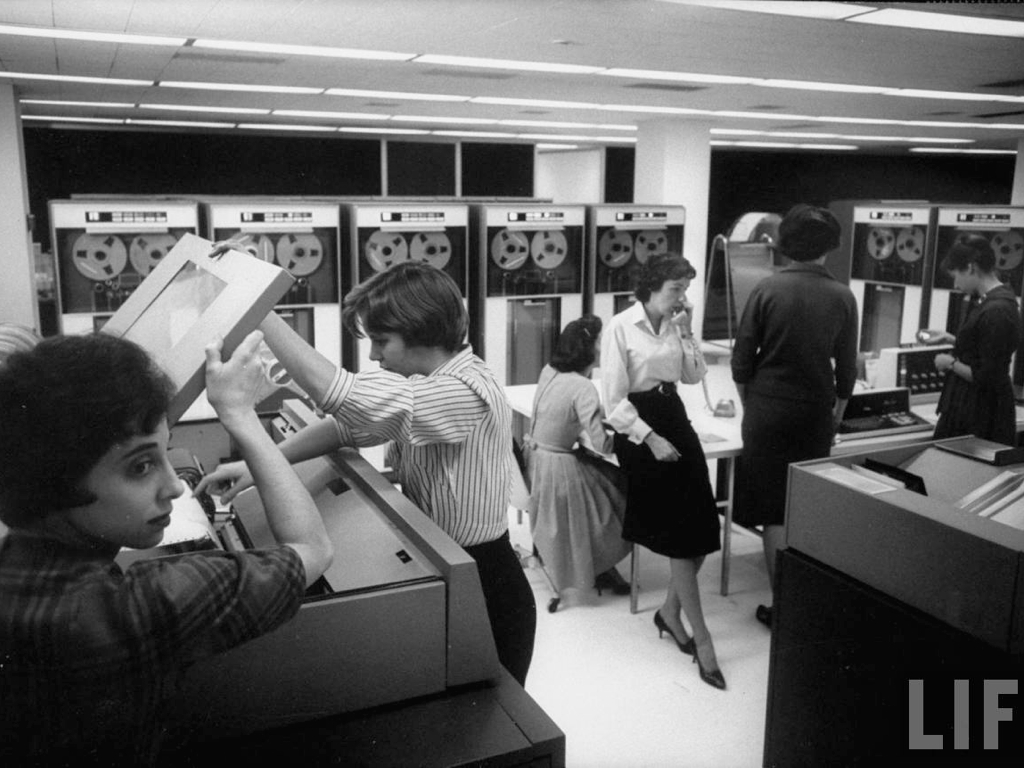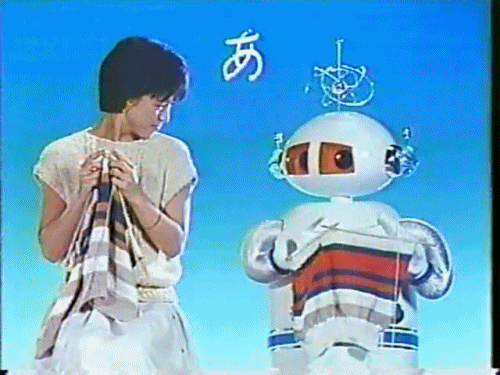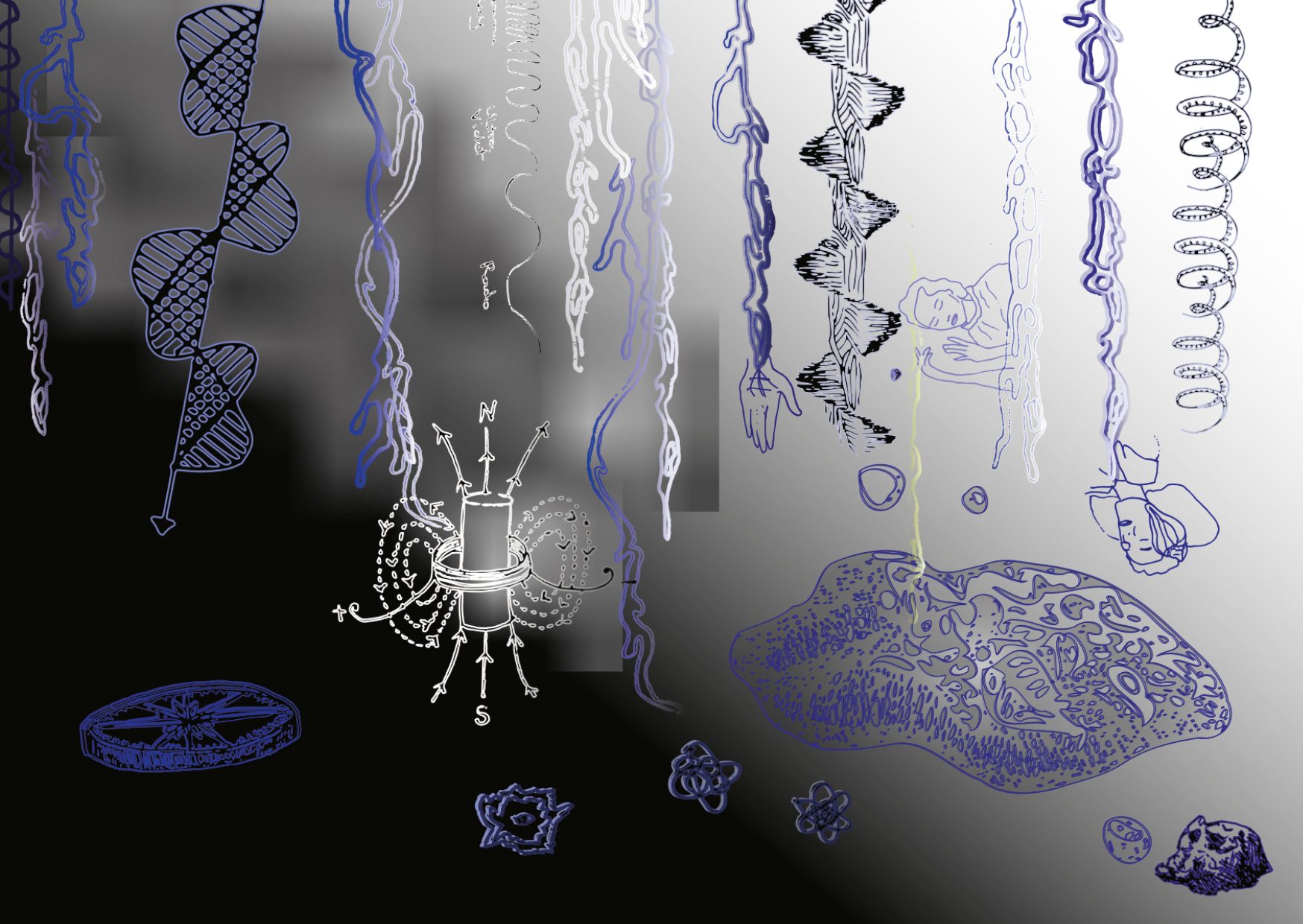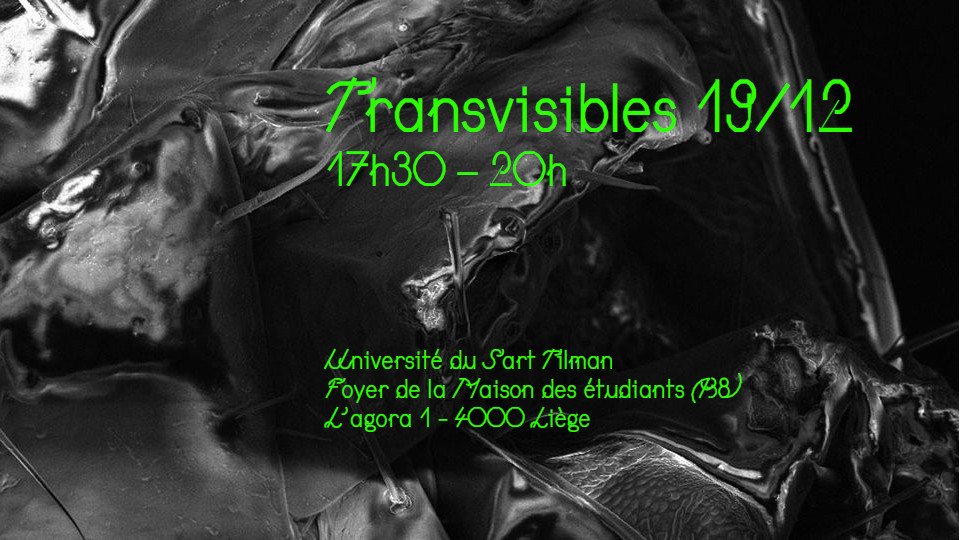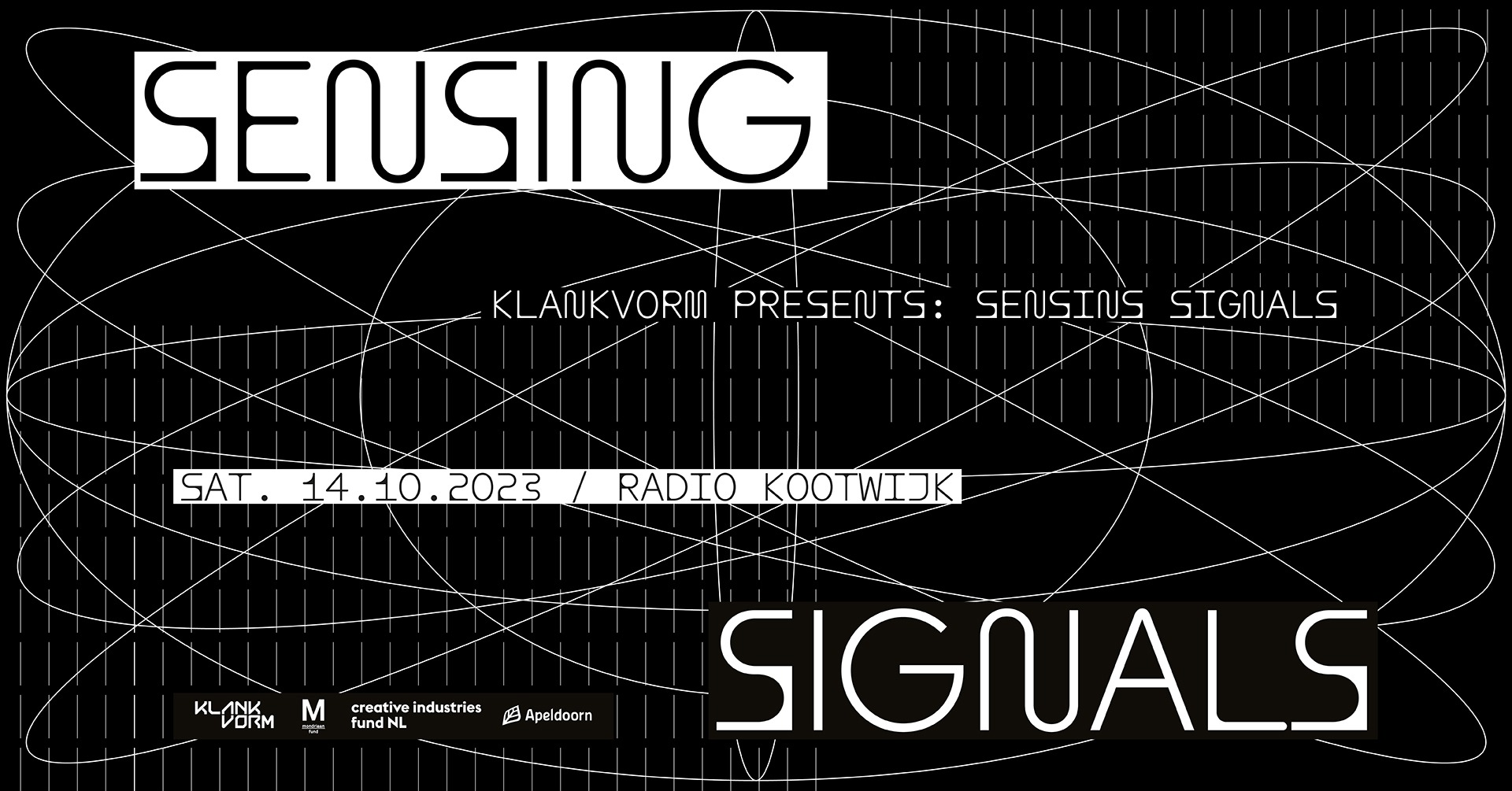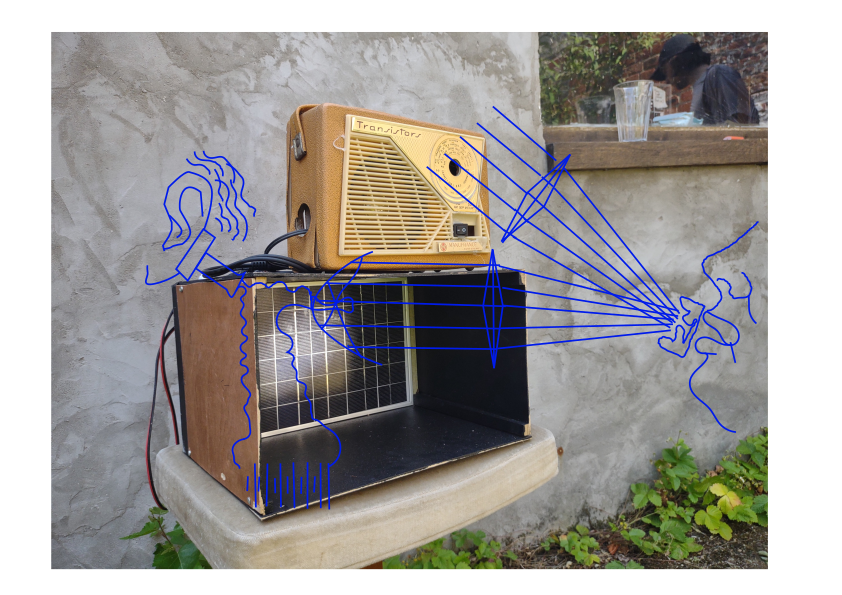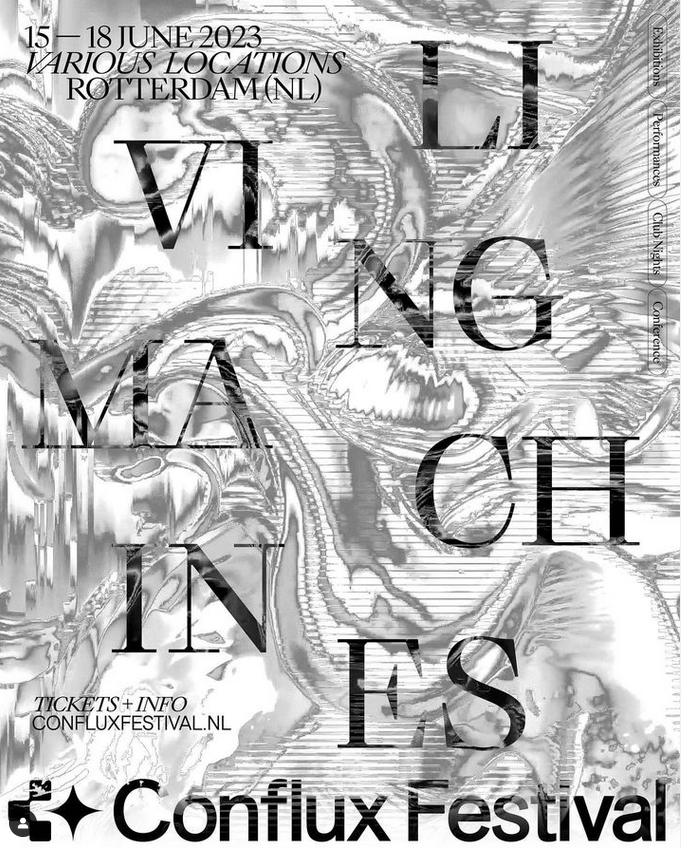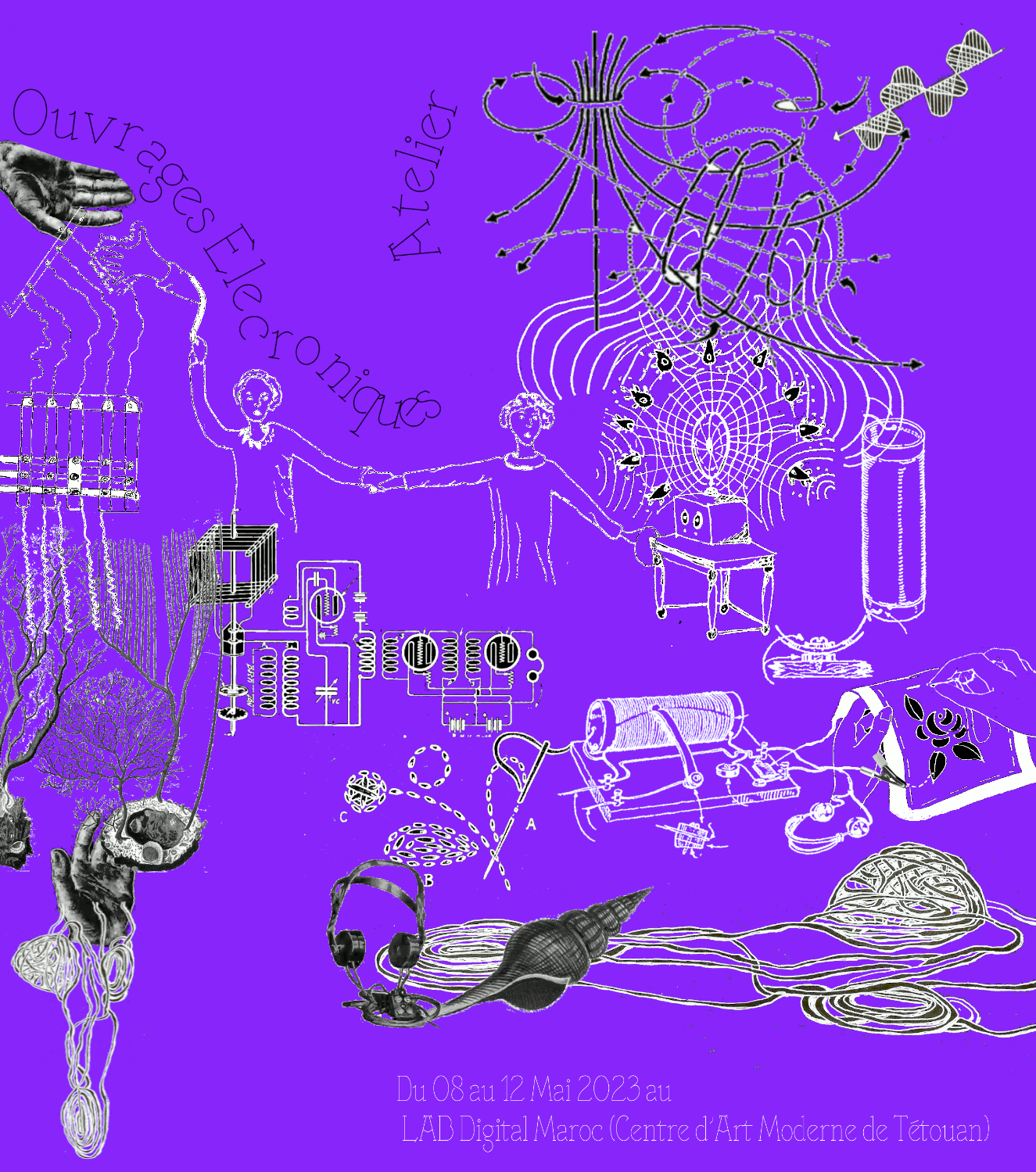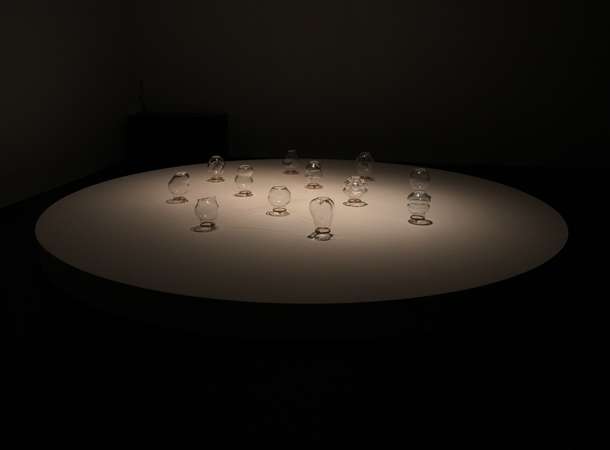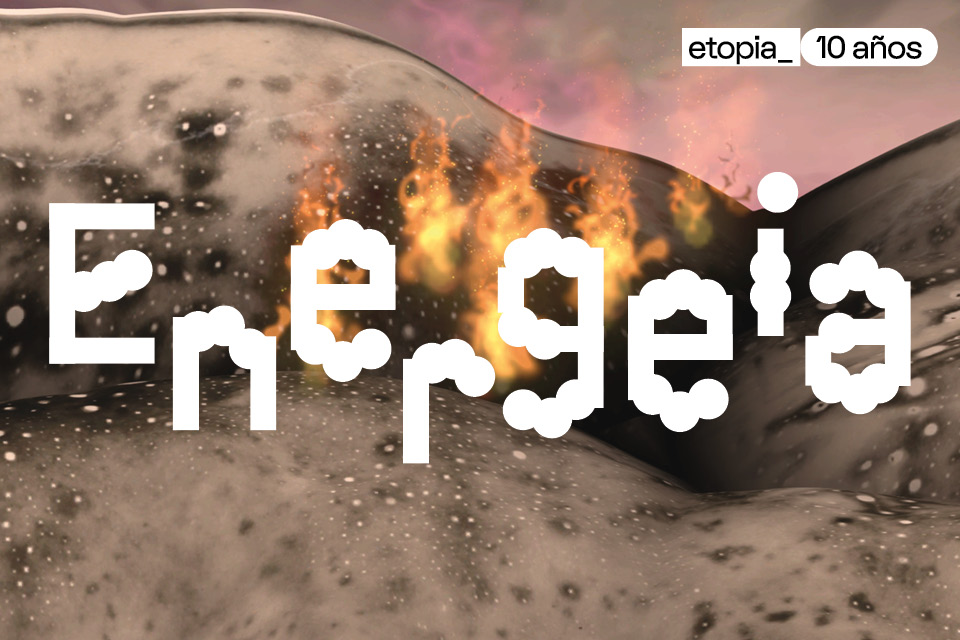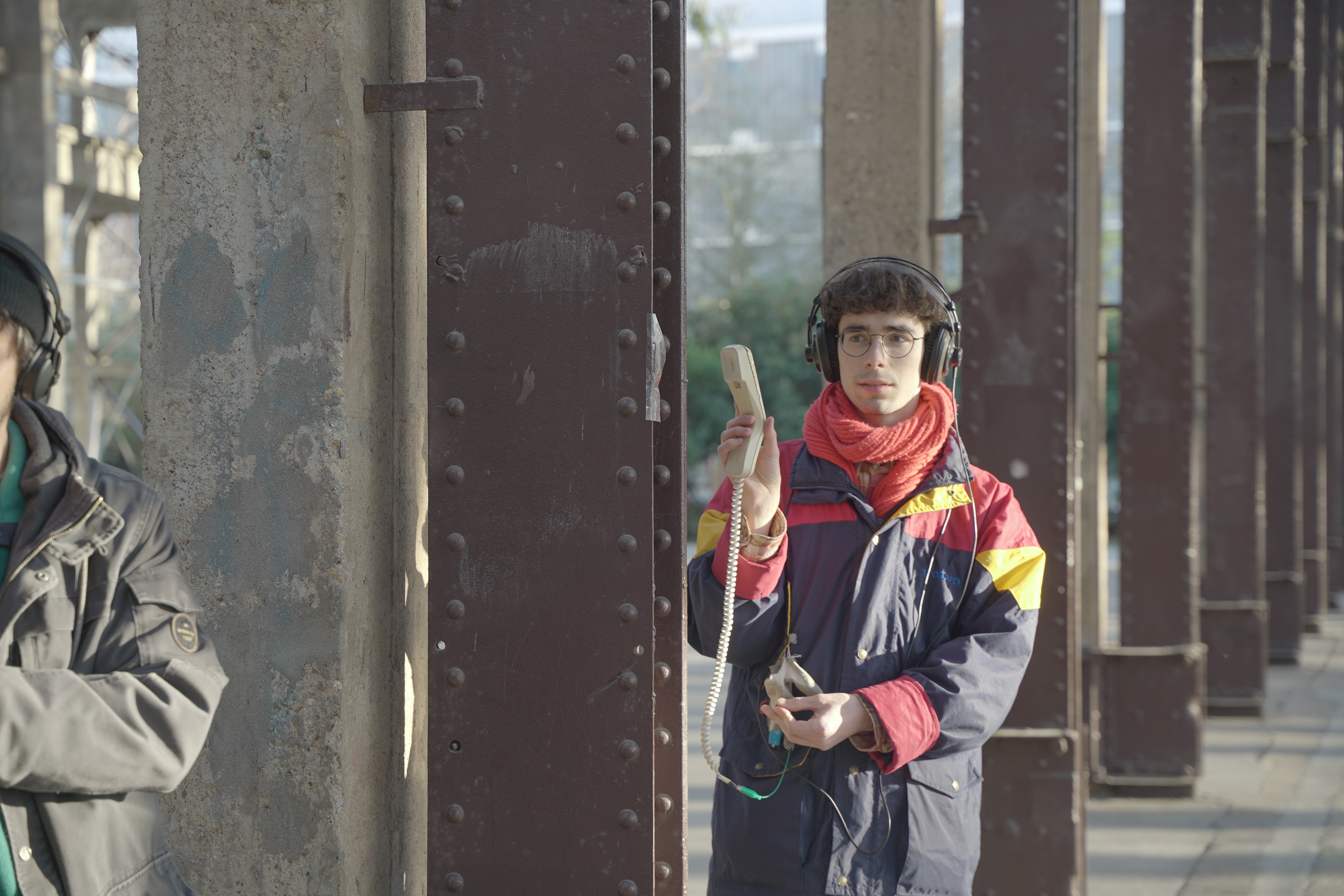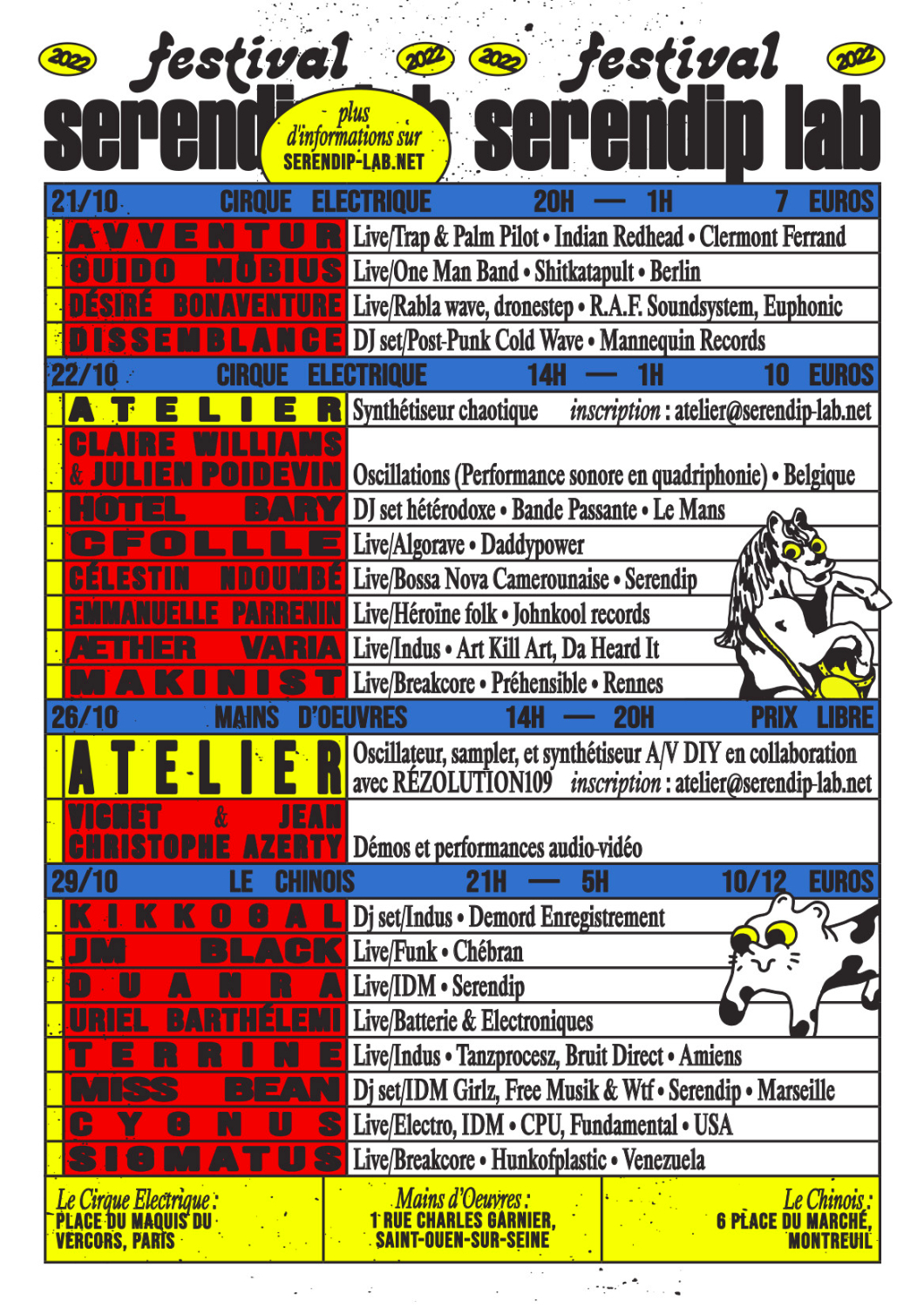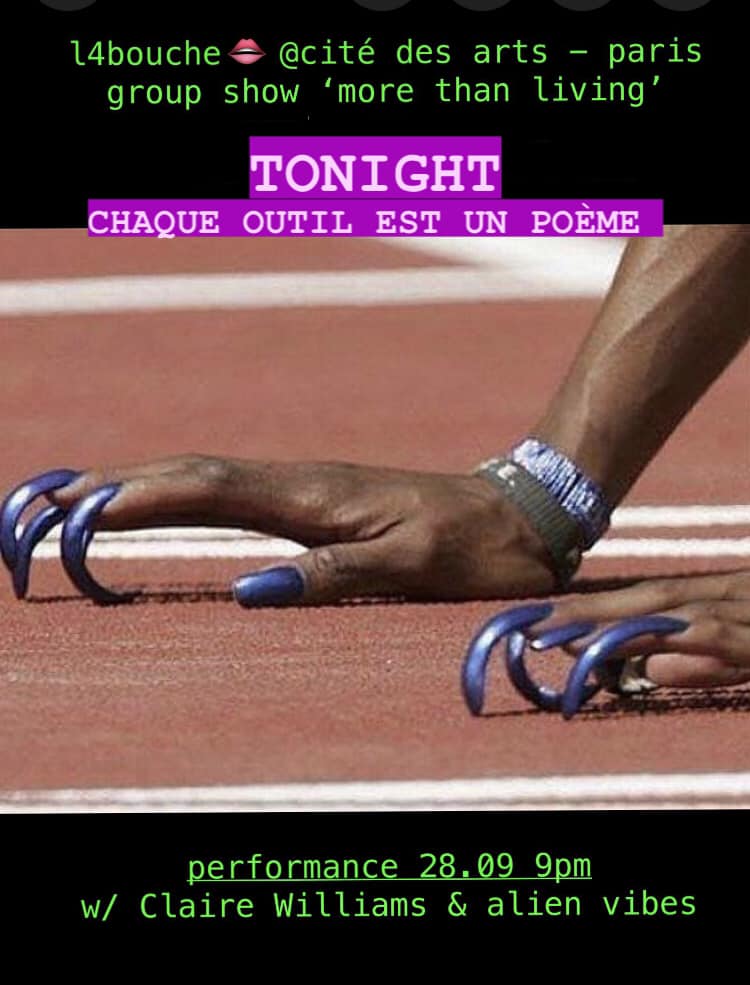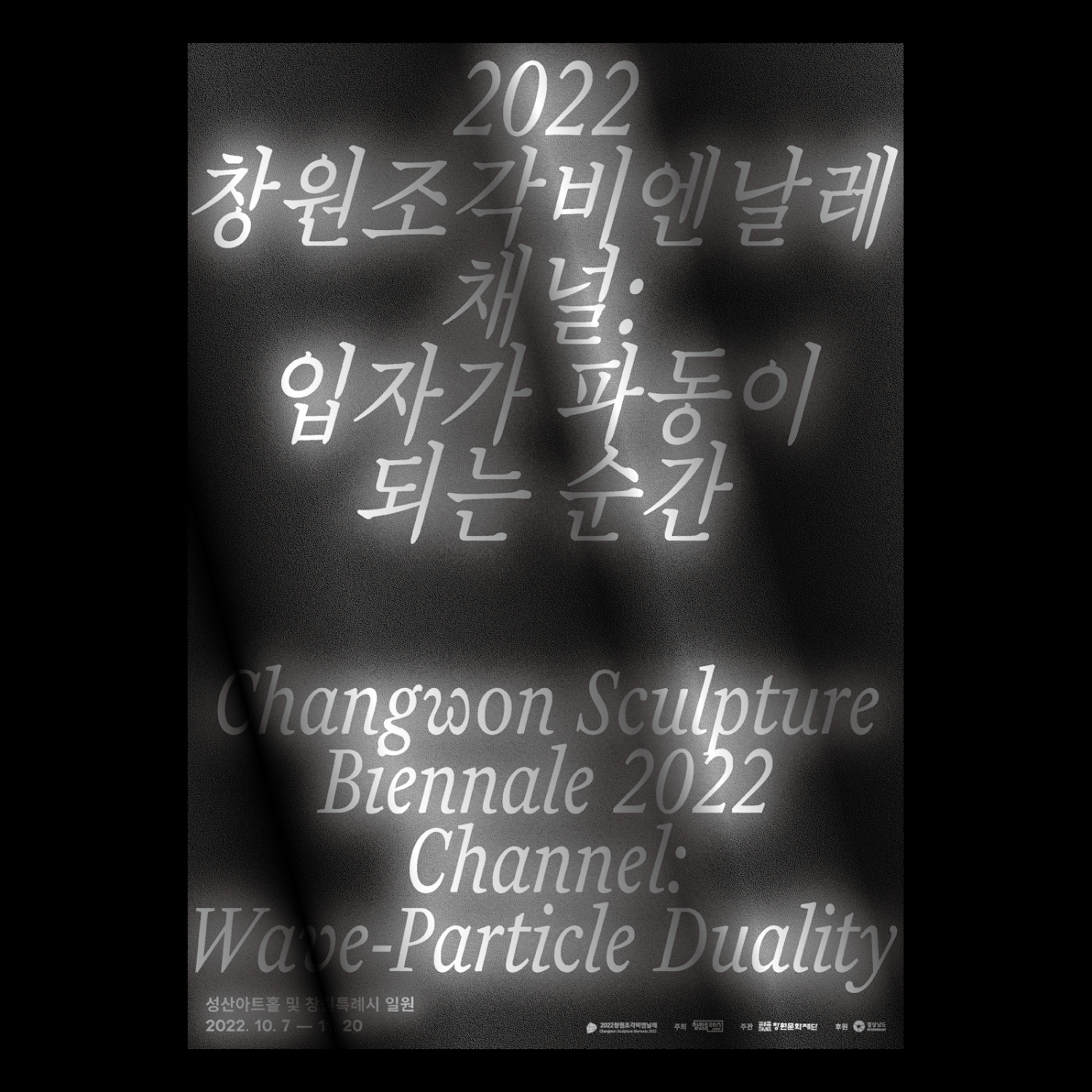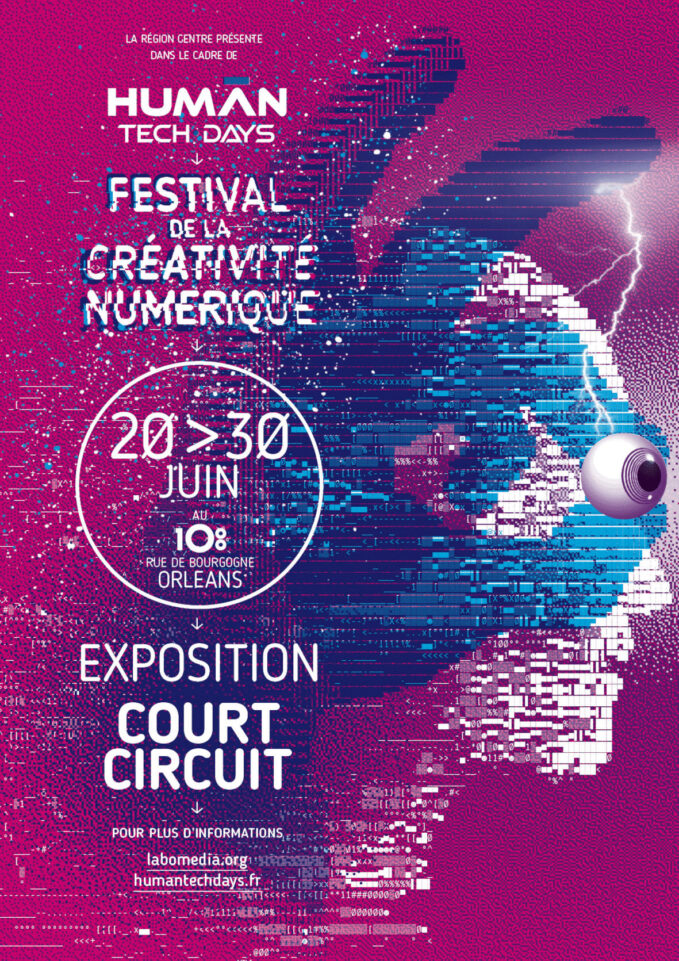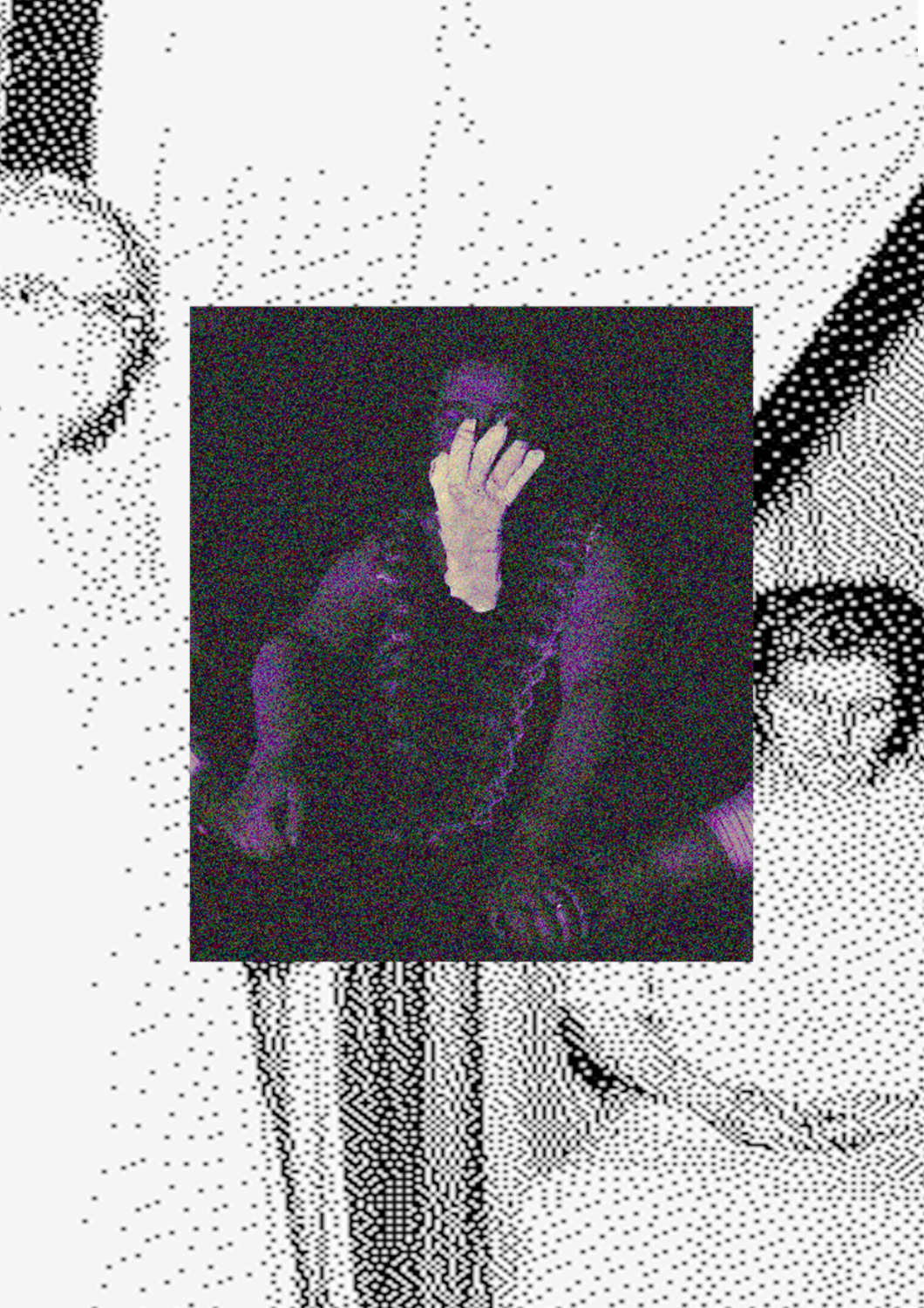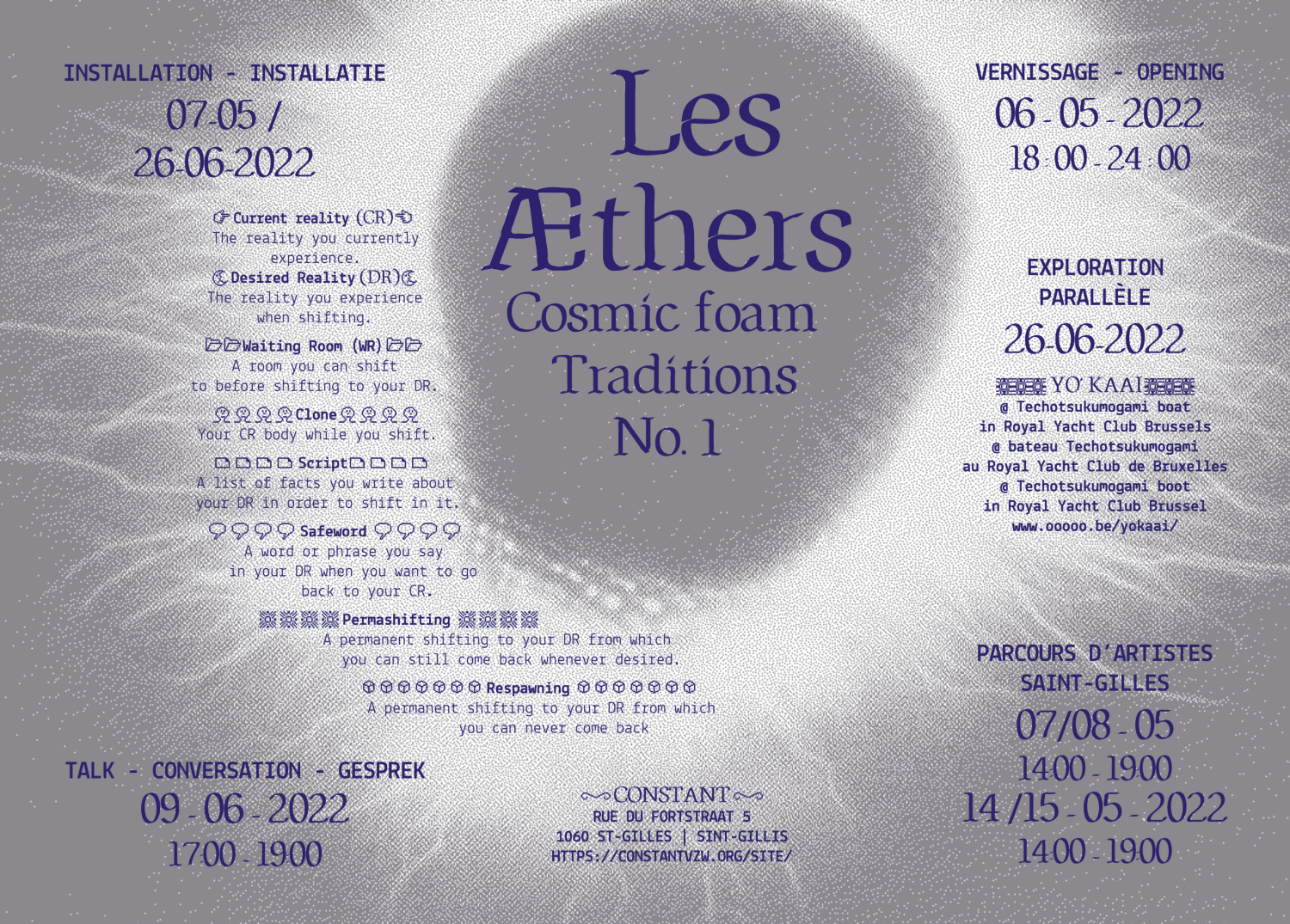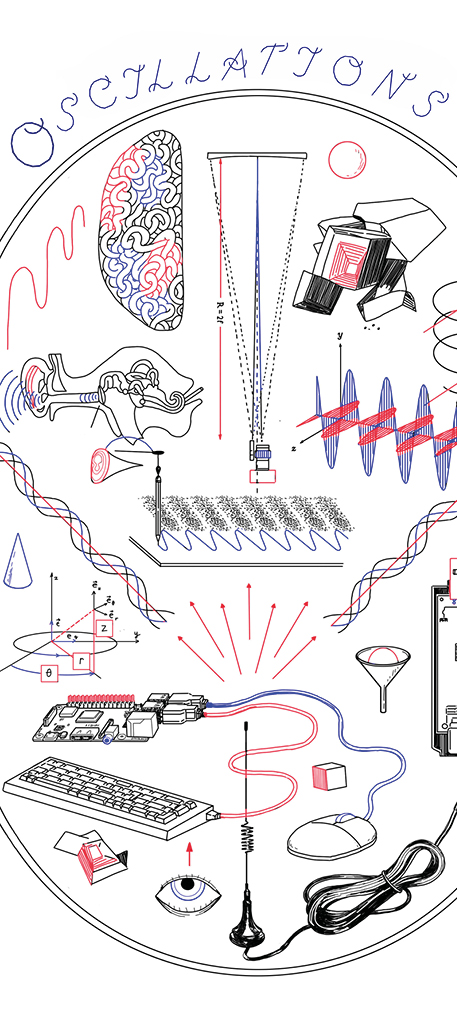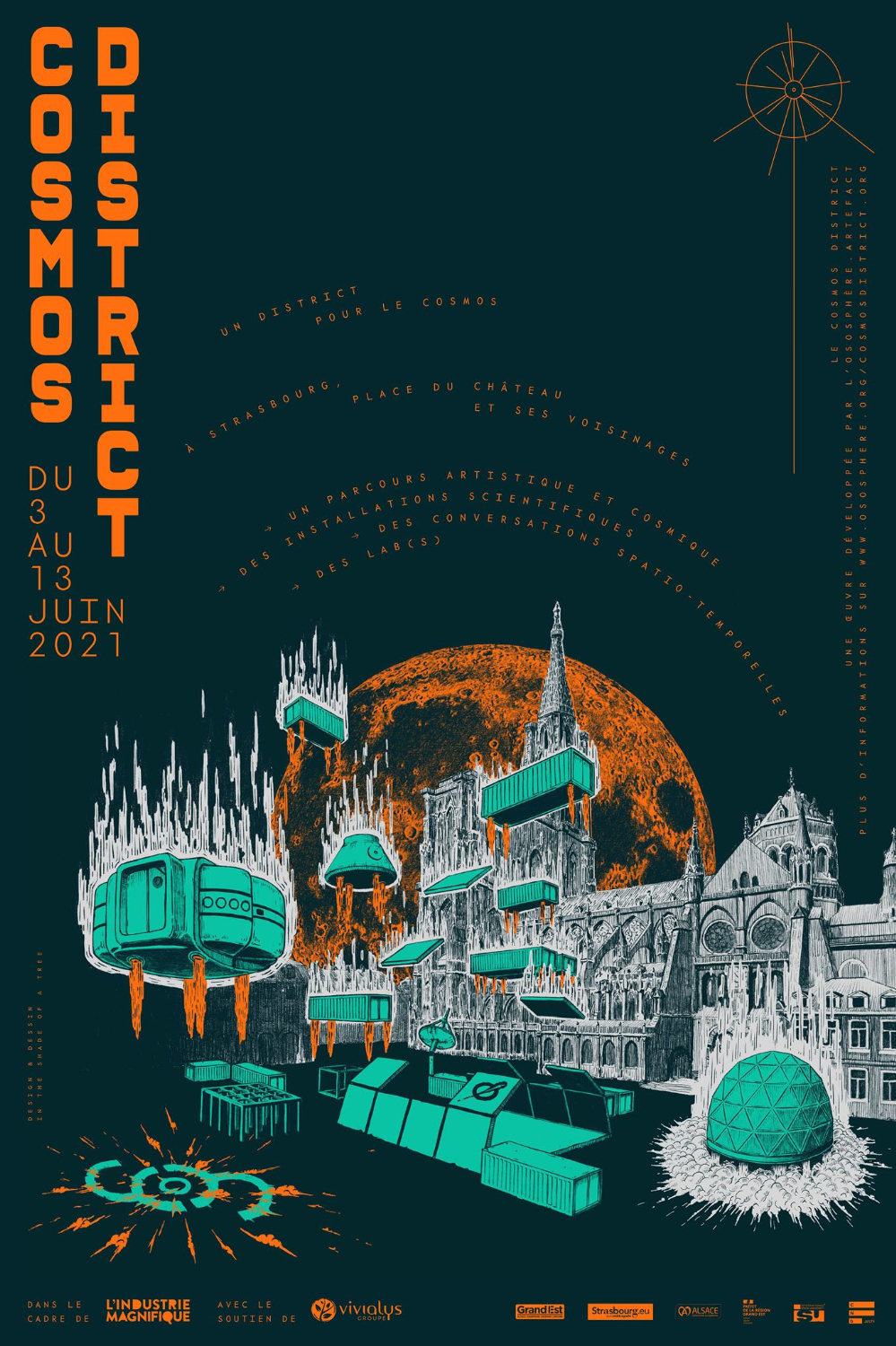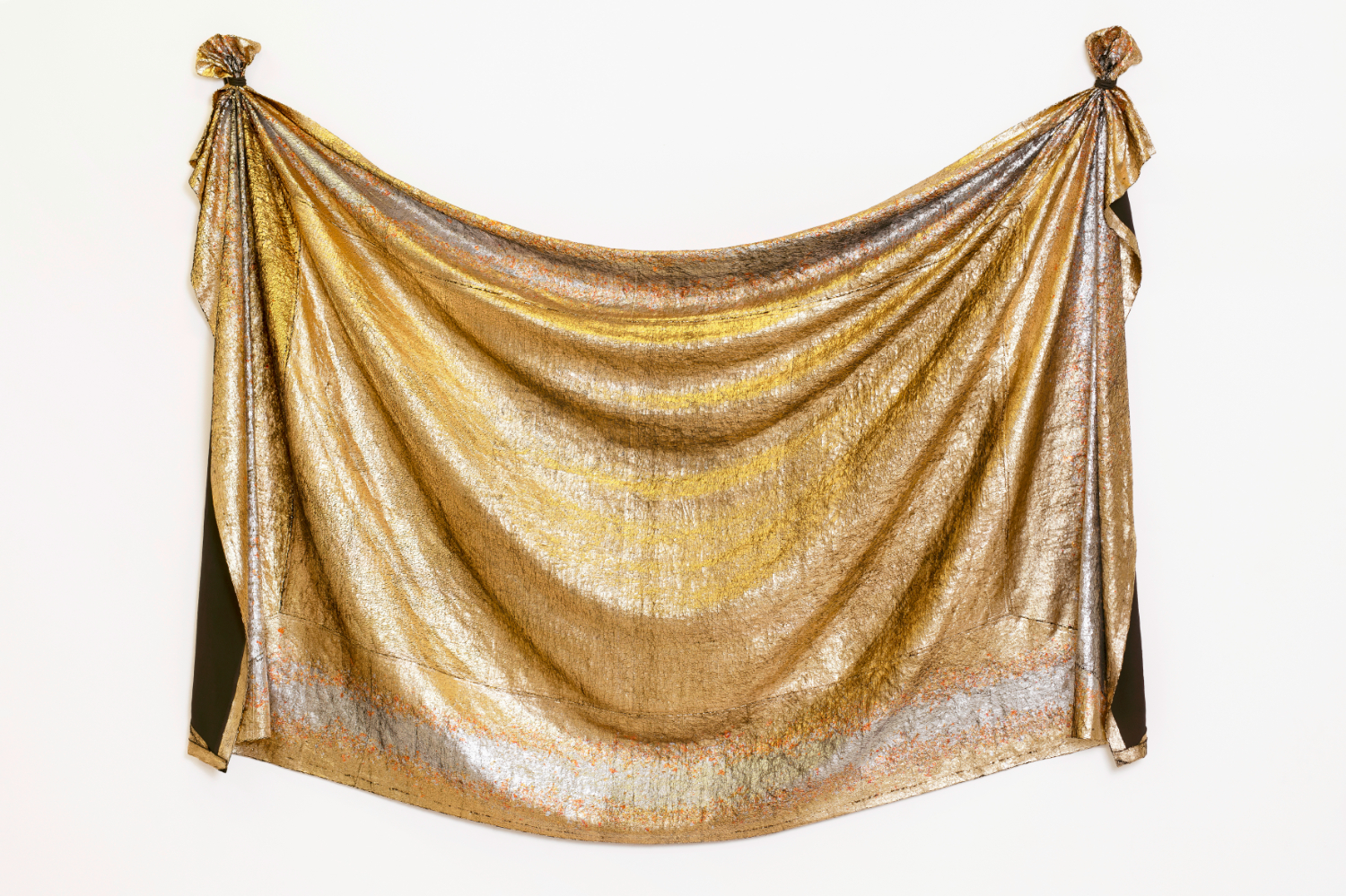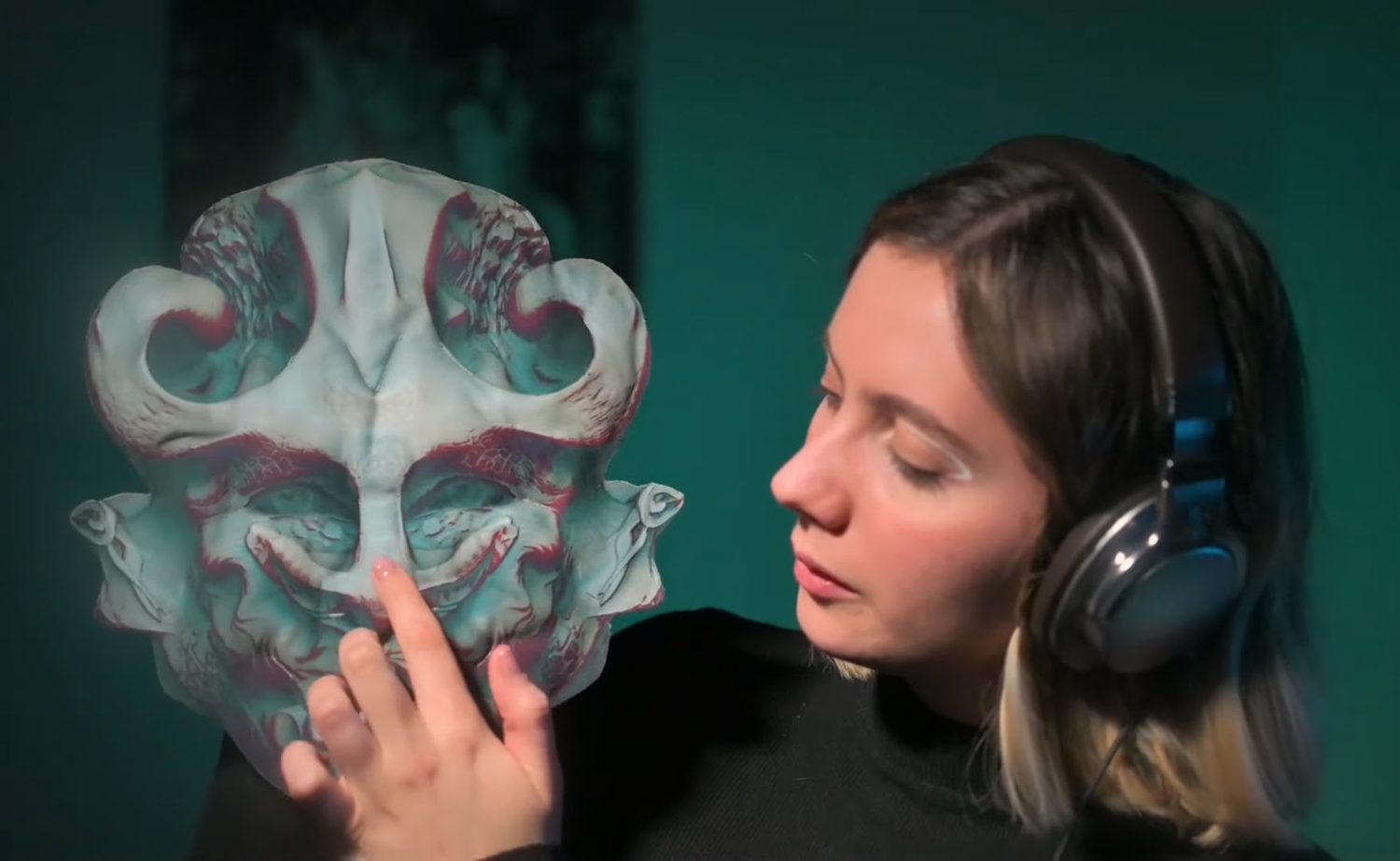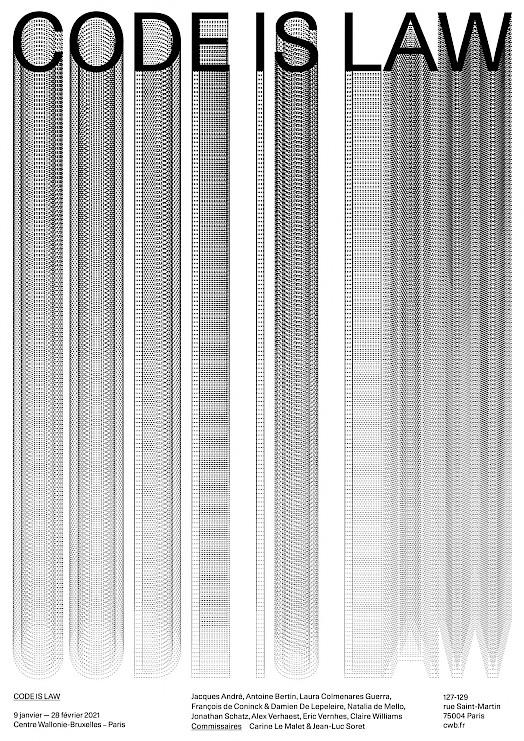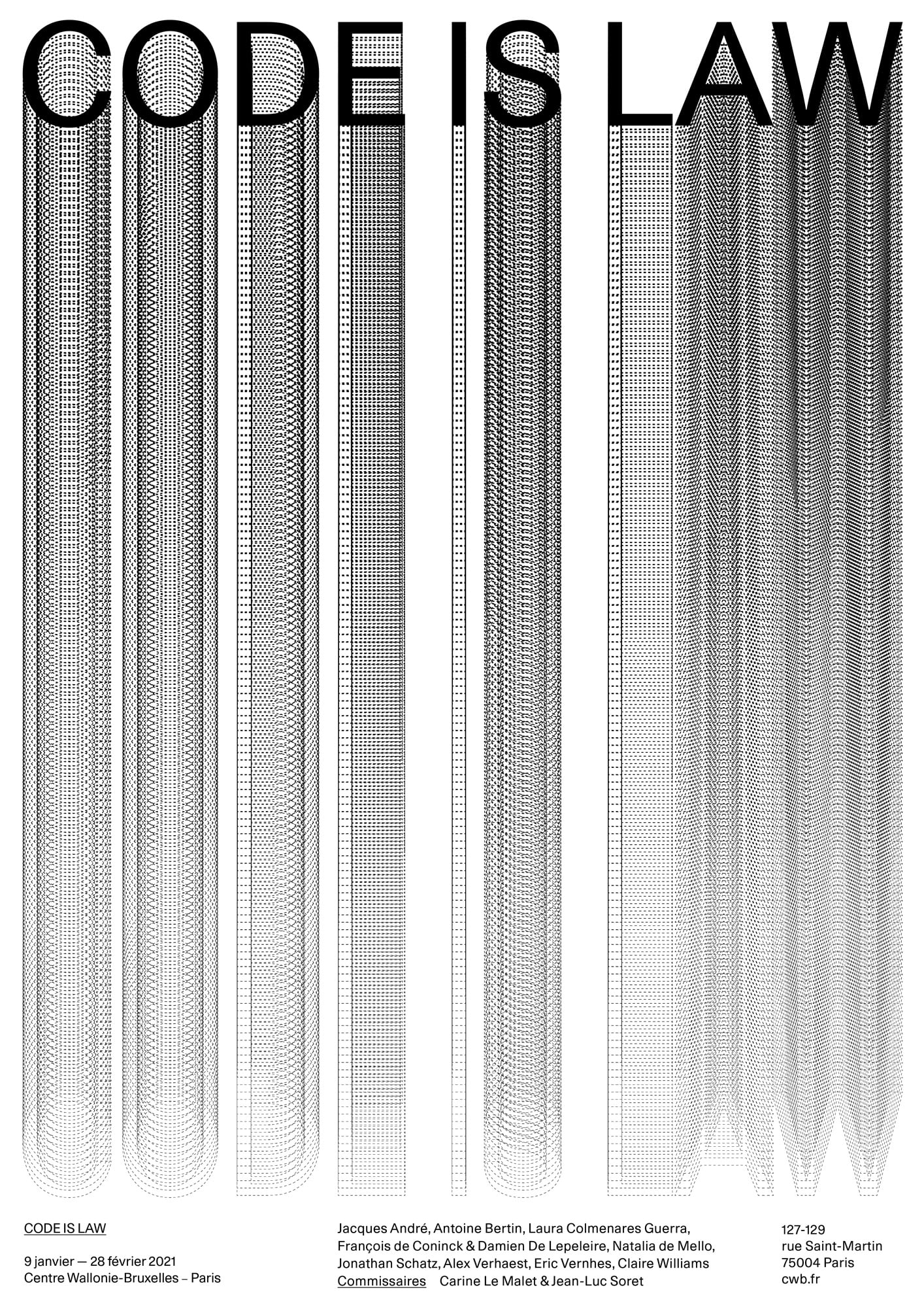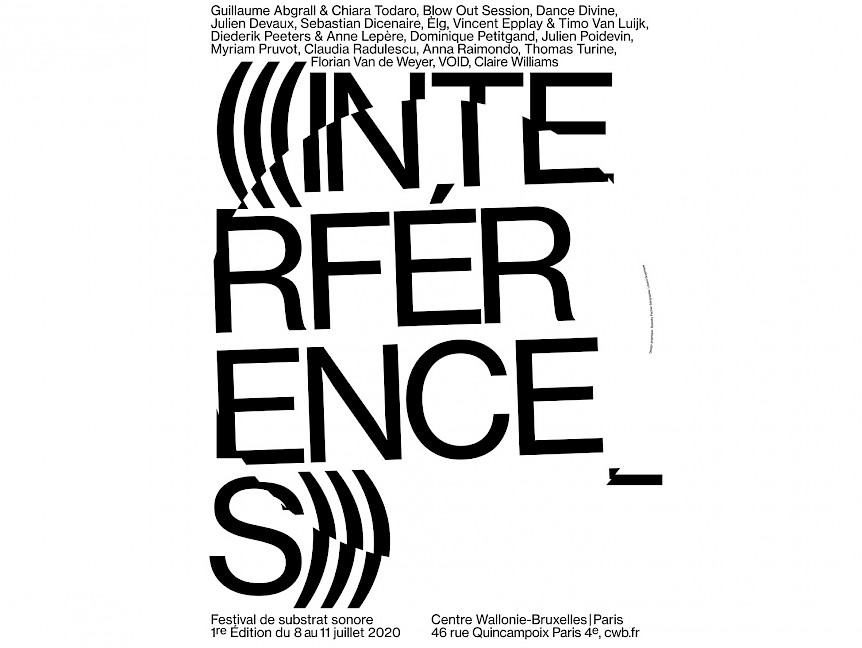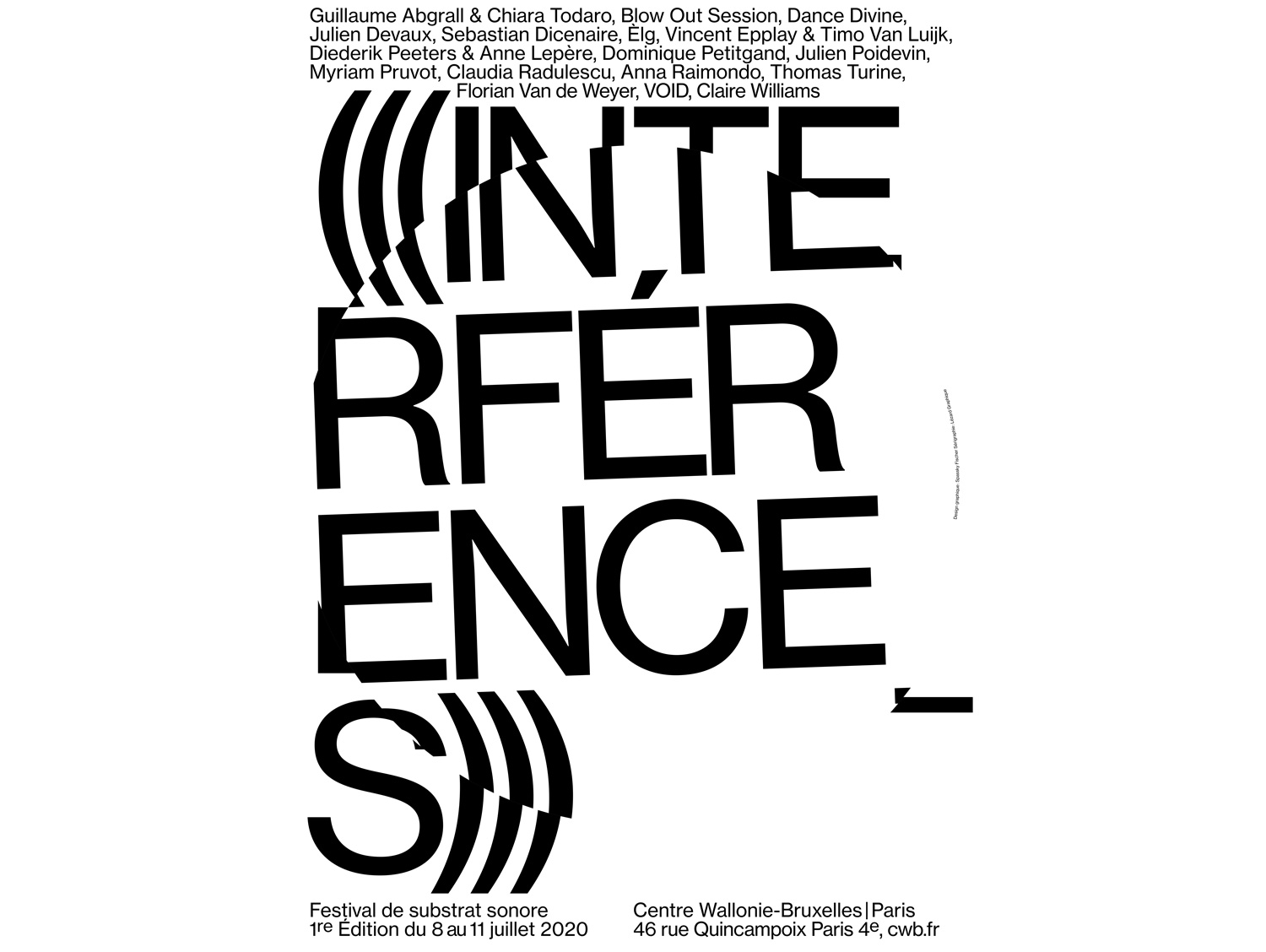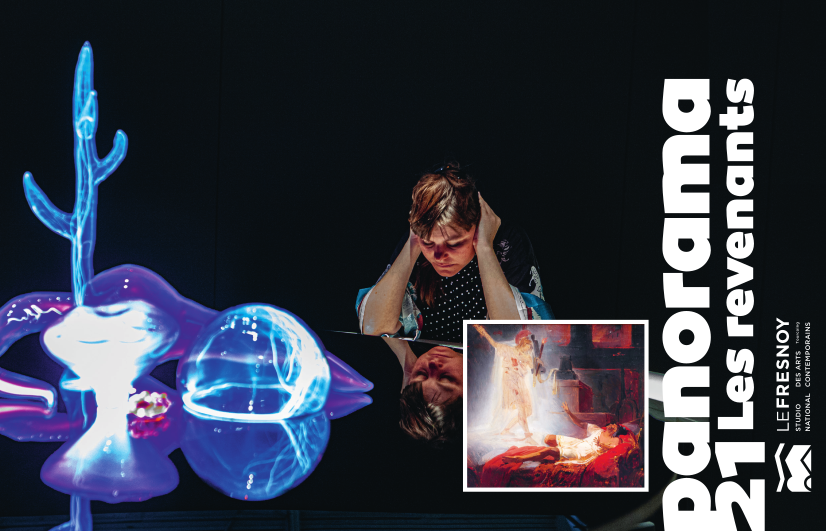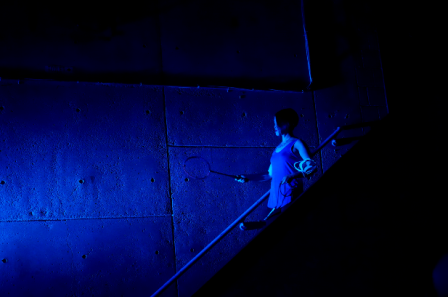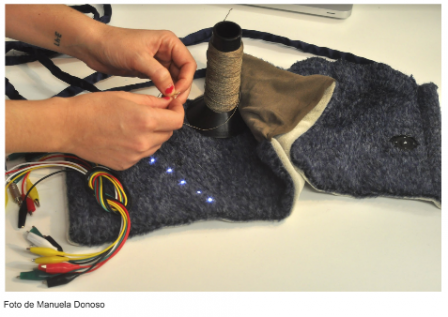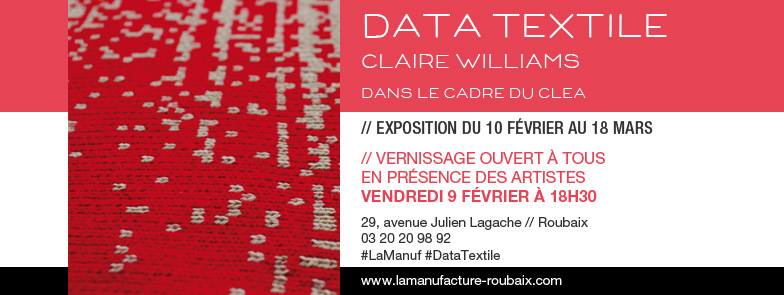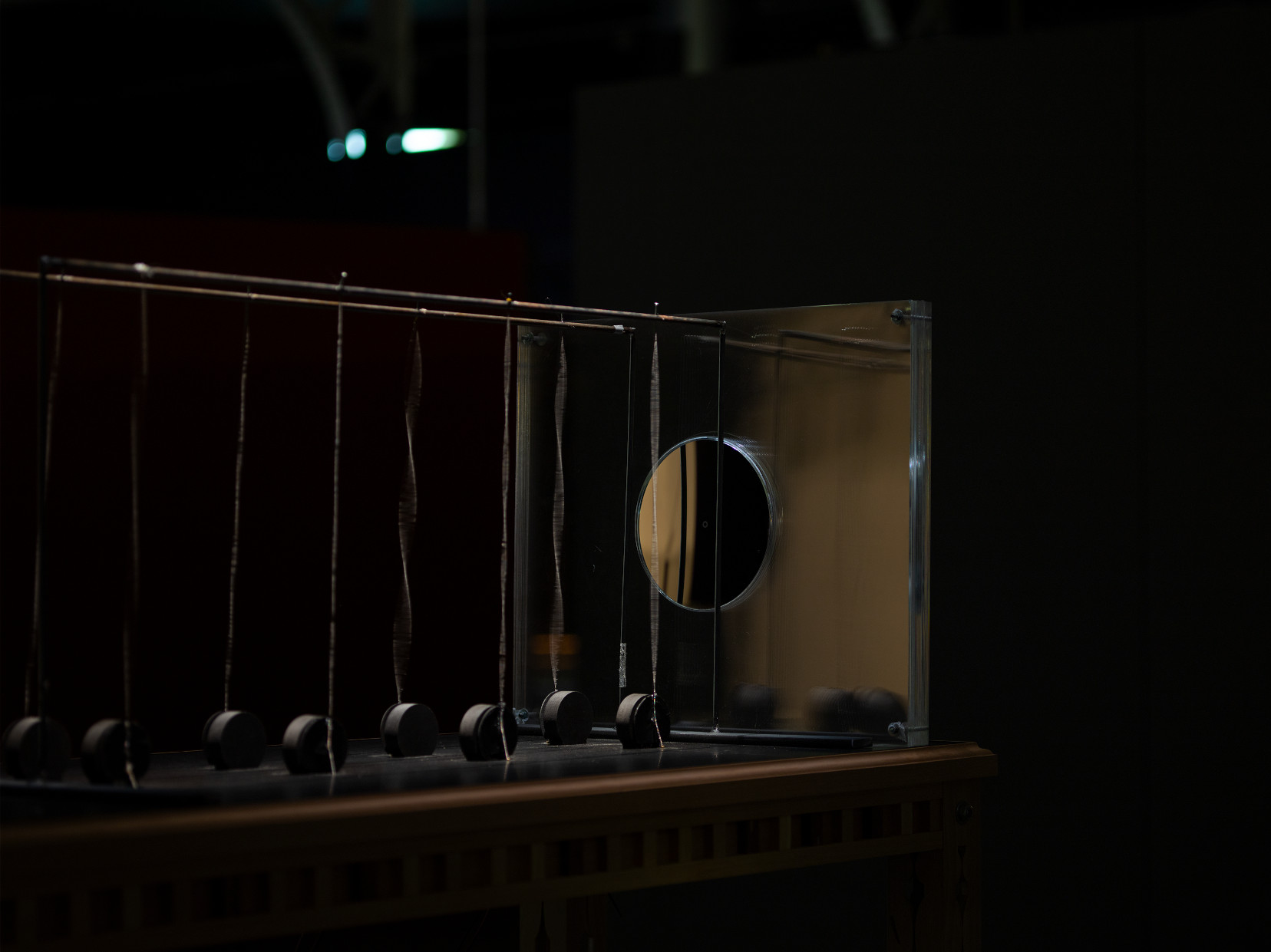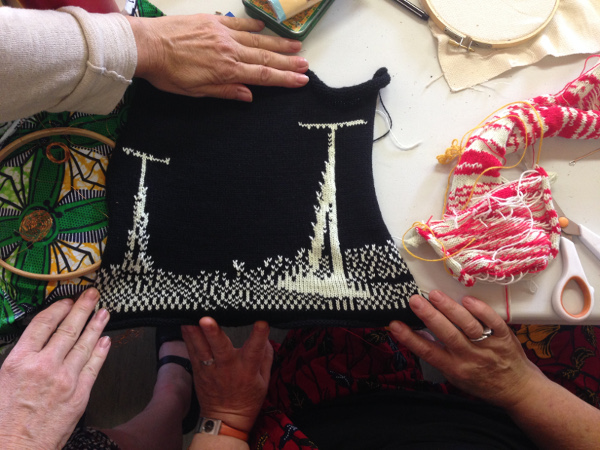Women/Machines
23/10/21
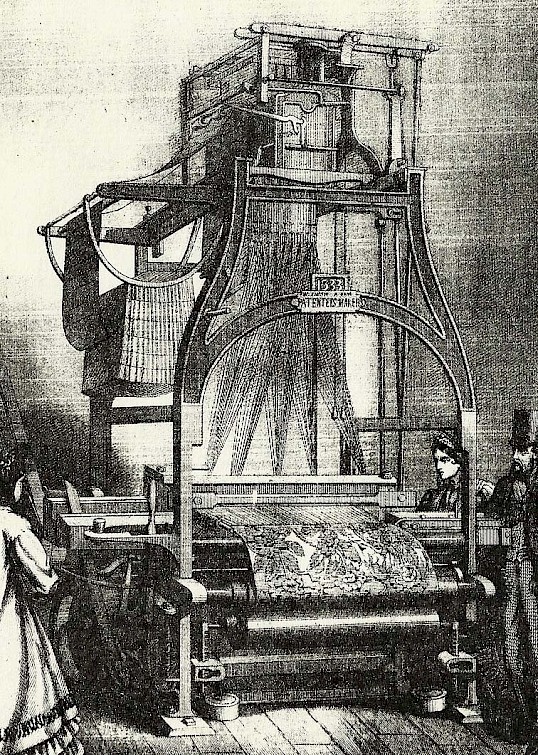 The Analytical Engine weaves algebraic patterns just as the Jacquard loom weaves flowers and leaves. " Ada Lovelace notes, 1843
The Analytical Engine weaves algebraic patterns just as the Jacquard loom weaves flowers and leaves. " Ada Lovelace notes, 1843
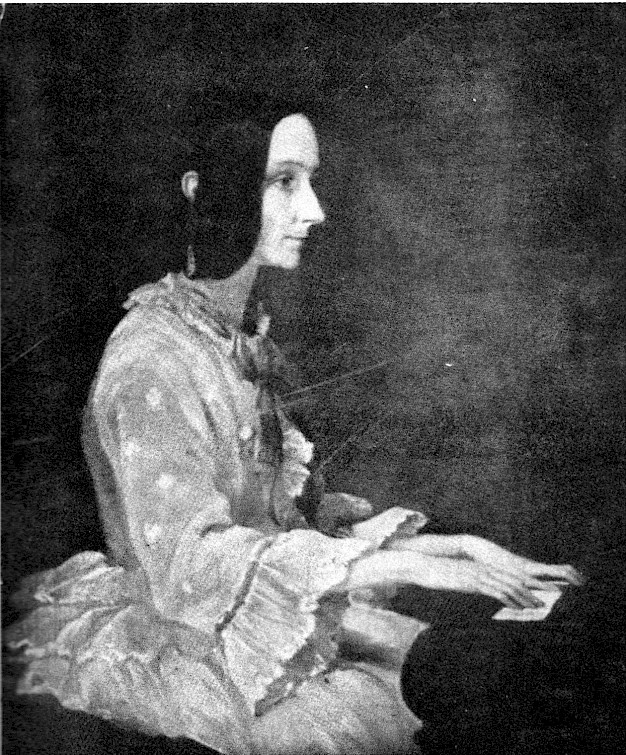
Lovelace, in her notes, demonstrated using diagrams ways for the engine to be used to make computations for practical and scientific purposes. Using her musical background she also surmised that, one day, such a machine could be used to compose music.
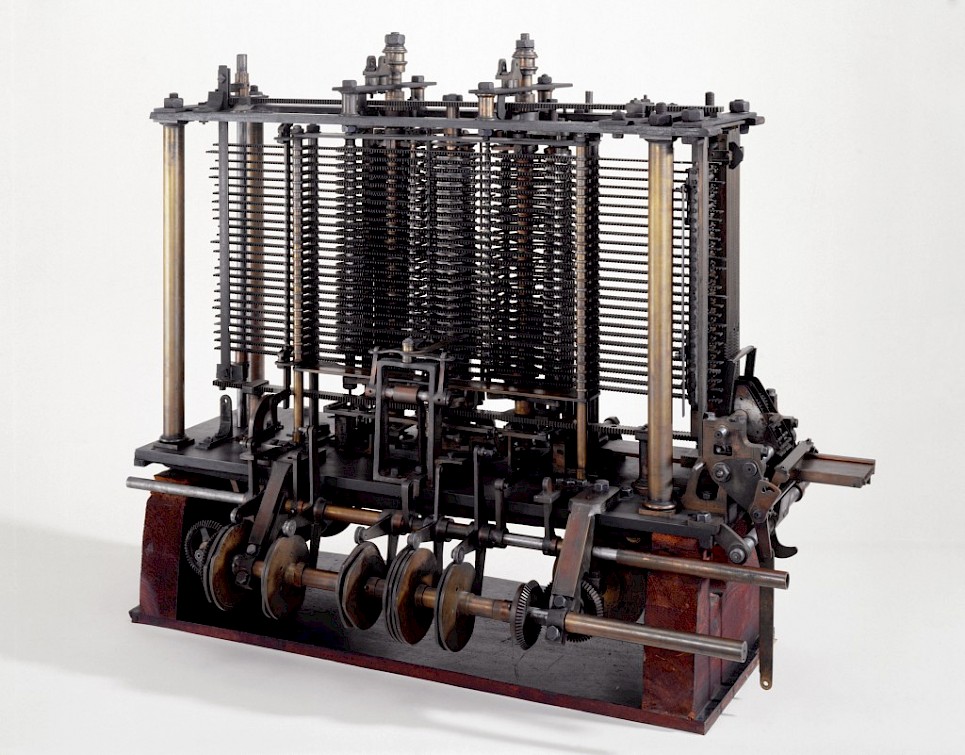
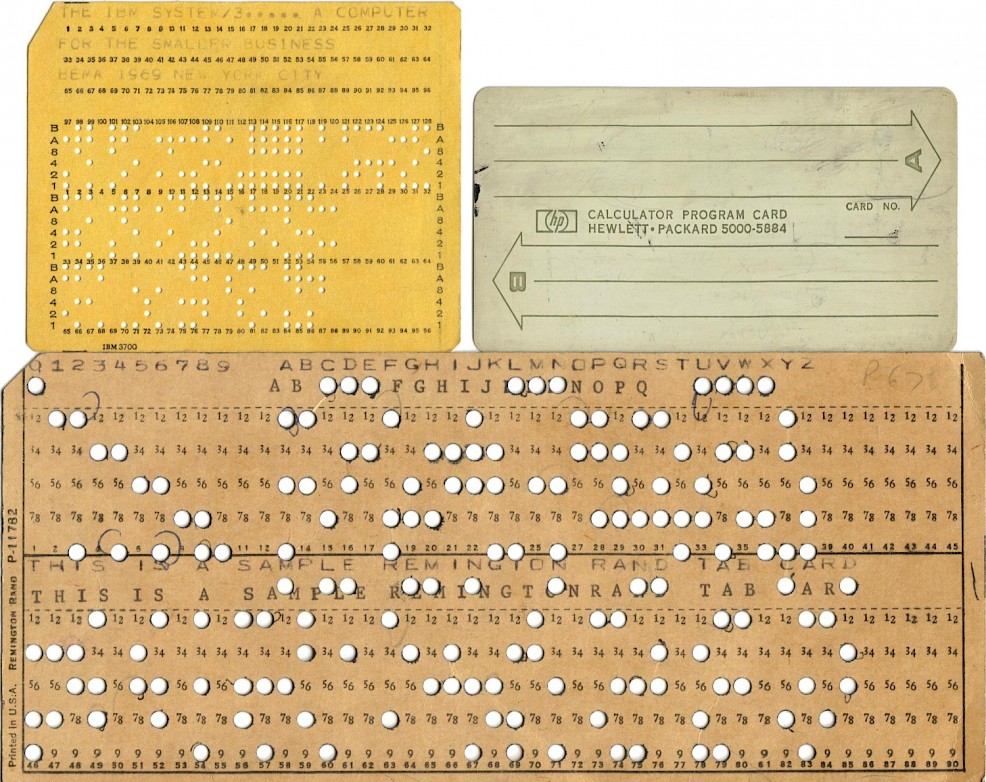
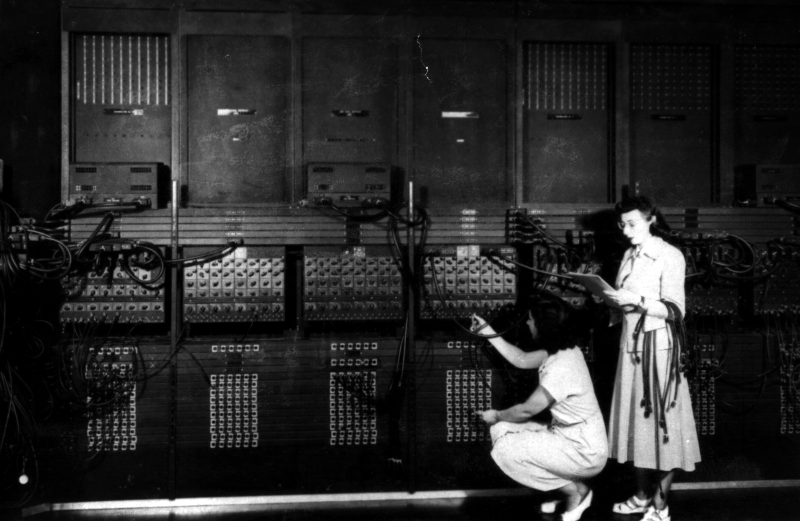
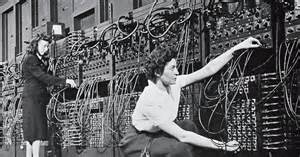
behind the computer's apparent intelligence to the general public was the arduous and ground-breaking programming work of a team of six women, who themselves had previously worked as “computers."
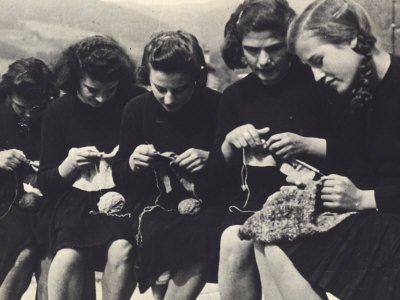
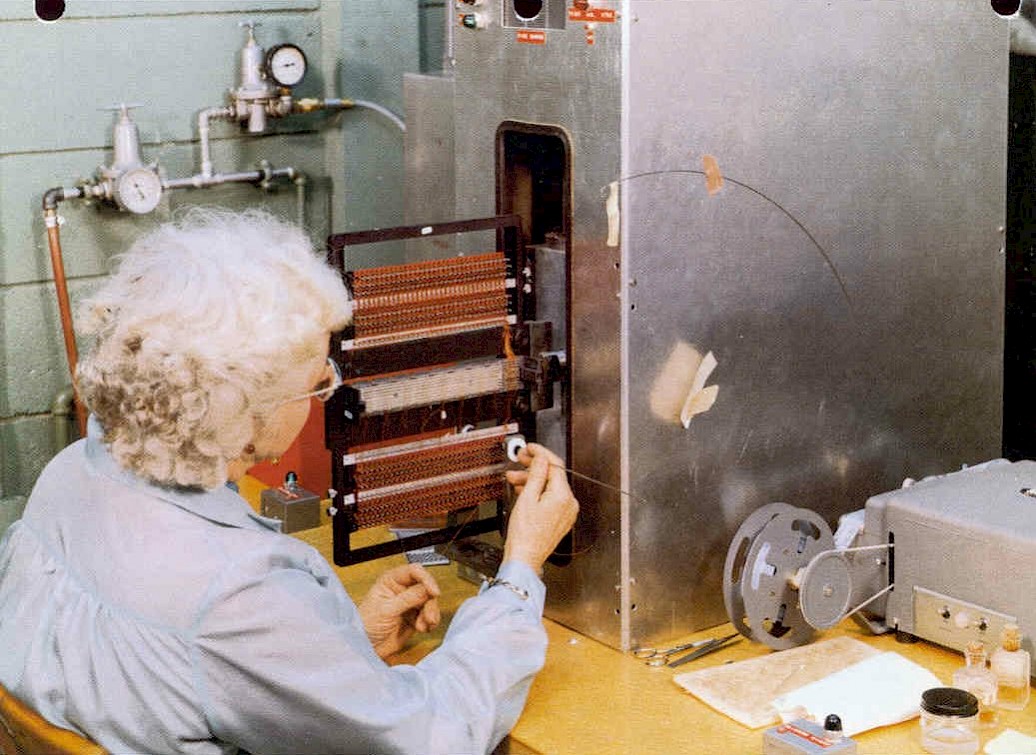
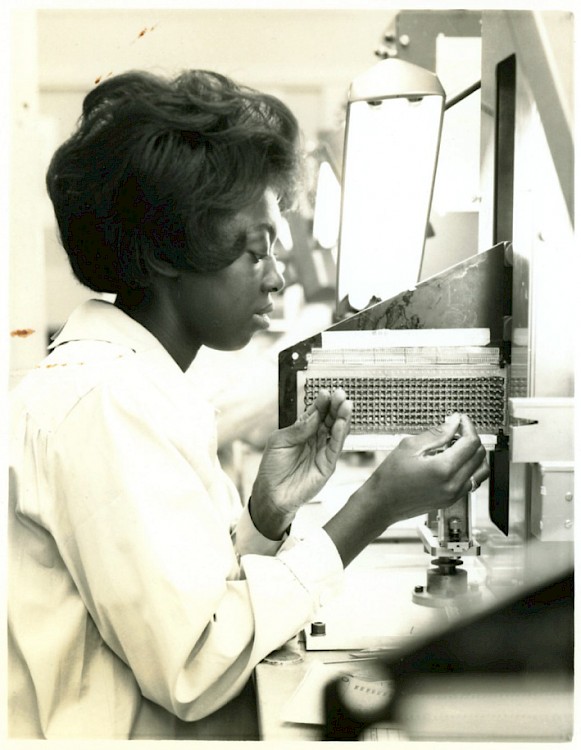
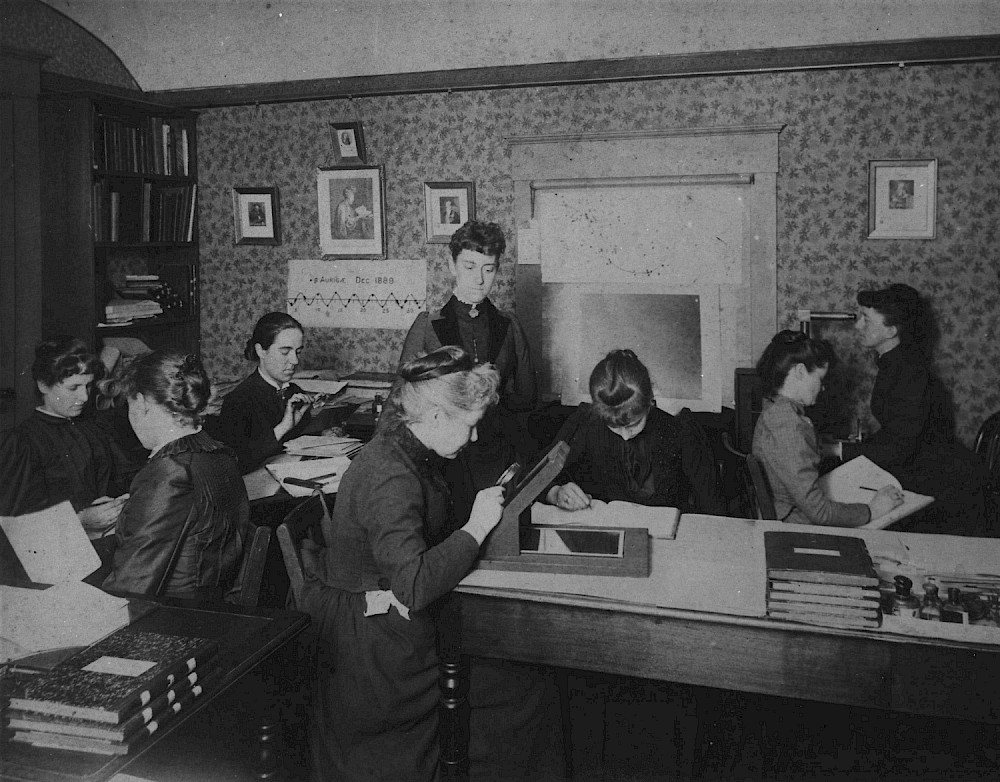
The Harvard Computers was a team of women working as skilled workers to process astronomical data at the Harvard Observatory in Cambridge, Massachusetts, United States. The team was directed by Edward Charles Pickering (1877 to 1919) and, following his death in 1919, by Annie Jump Cannon.
"The women were challenged to make sense of these patterns by devising a scheme for sorting the stars into categories. Annie Jump Cannon's success at this activity made her famous in her own lifetime, and she produced a stellar classification system that is still in use today. Antonia Maury discerned in the spectra a way to assess the relative sizes of stars, and Henrietta Leavitt showed how the cyclic changes of certain variable stars could serve as distance markers in space."
Other computers in the team included Williamina Fleming and Florence Cushman. Although these women started primarily as calculators, they made significant contributions to astronomy, much of which they published in research articles.
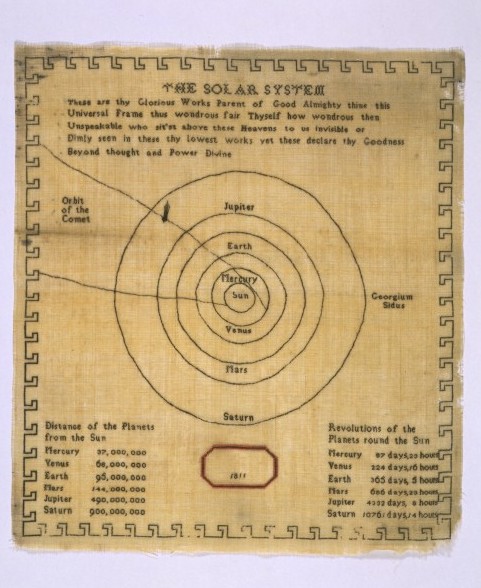
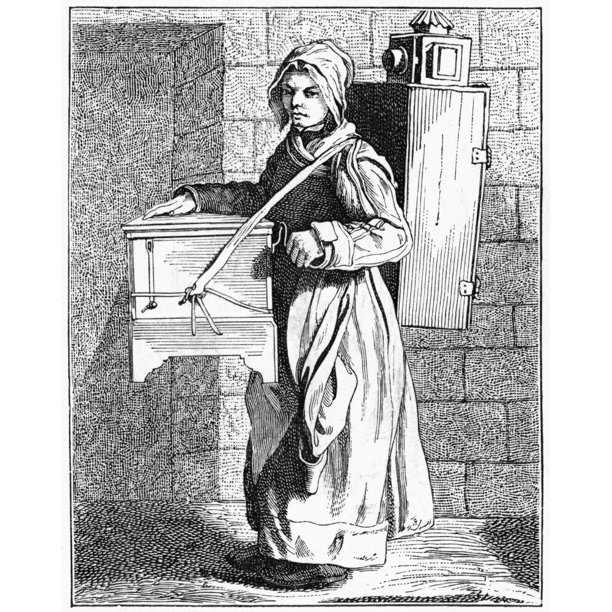
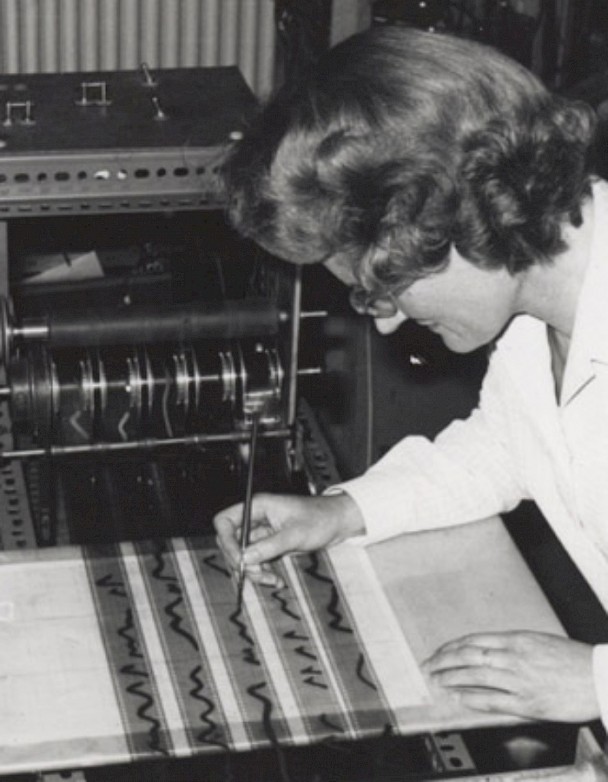
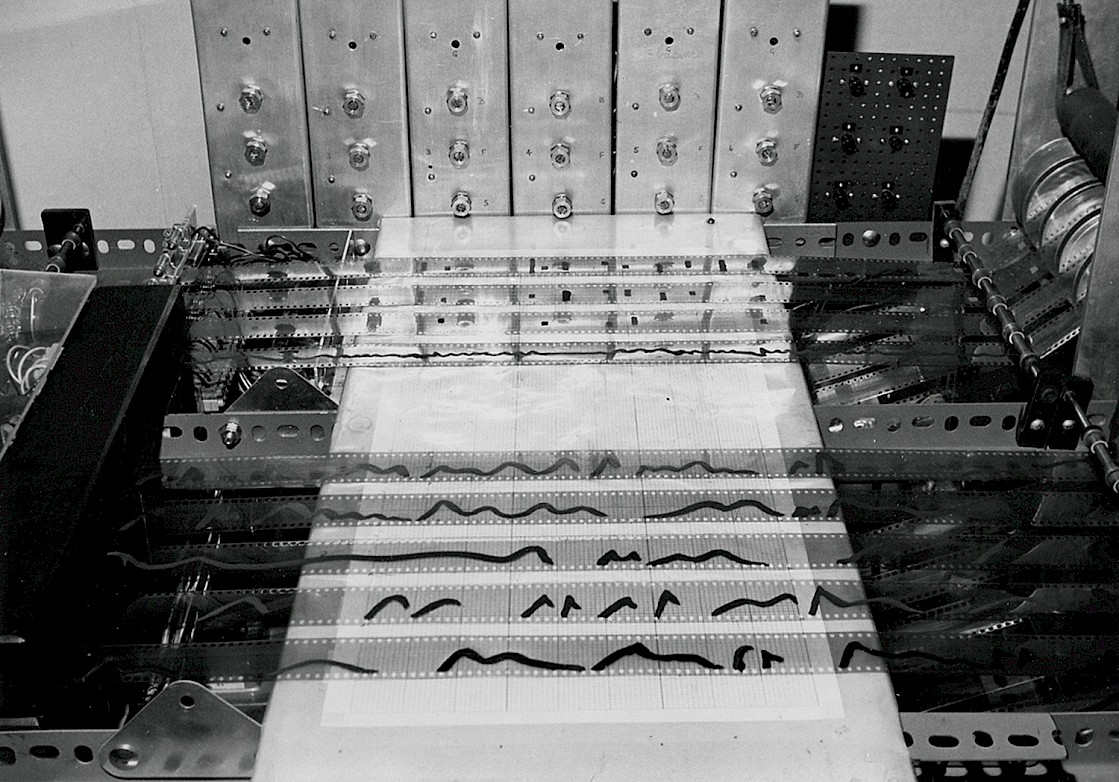
<iframe width="560" height="315" src="https://www.youtube.com/embed/mJ08diPUv6A" title="YouTube video player" frameborder="0" allow="accelerometer; autoplay; clipboard-write; encrypted-media; gyroscope; picture-in-picture" allowfullscreen></iframe>
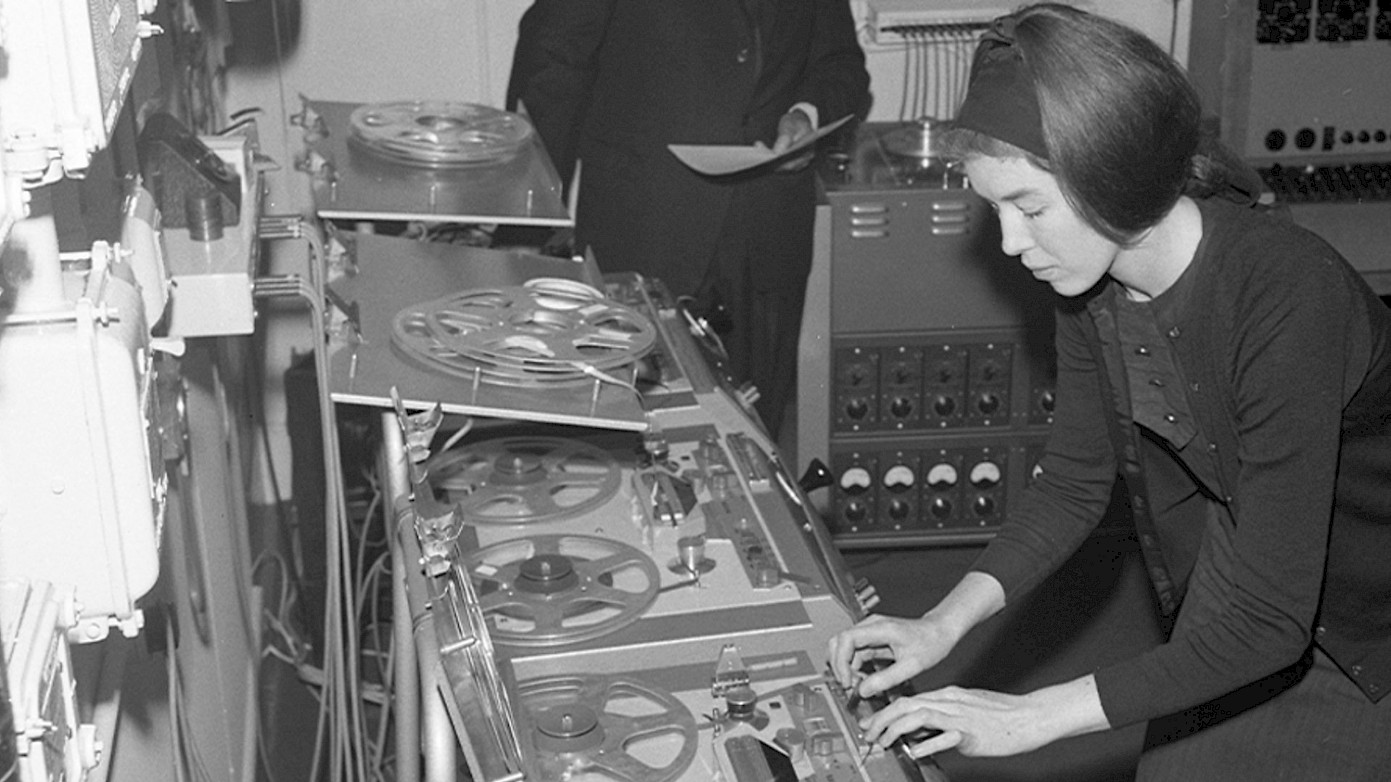
Communicating Devices
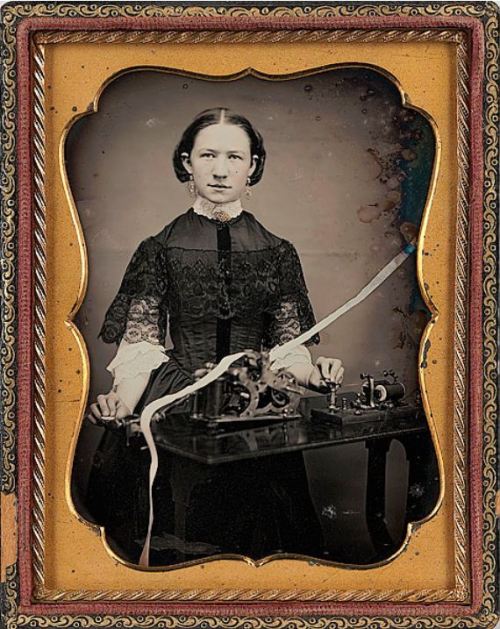
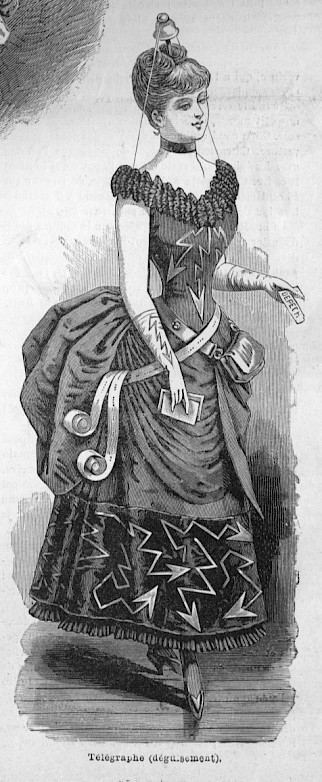
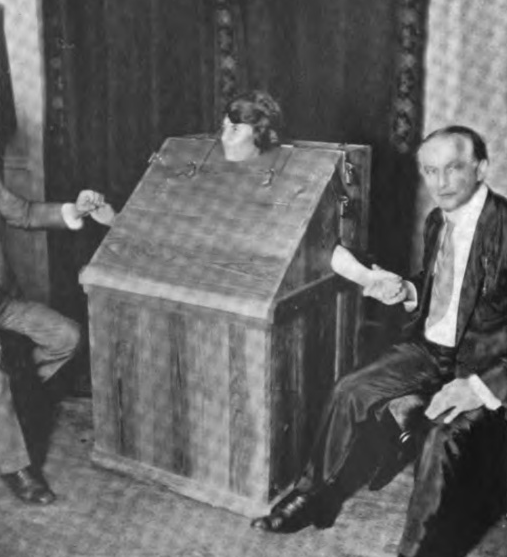
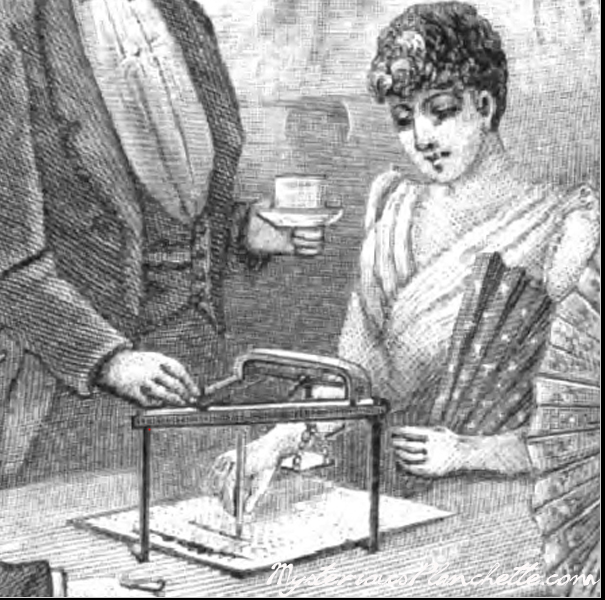
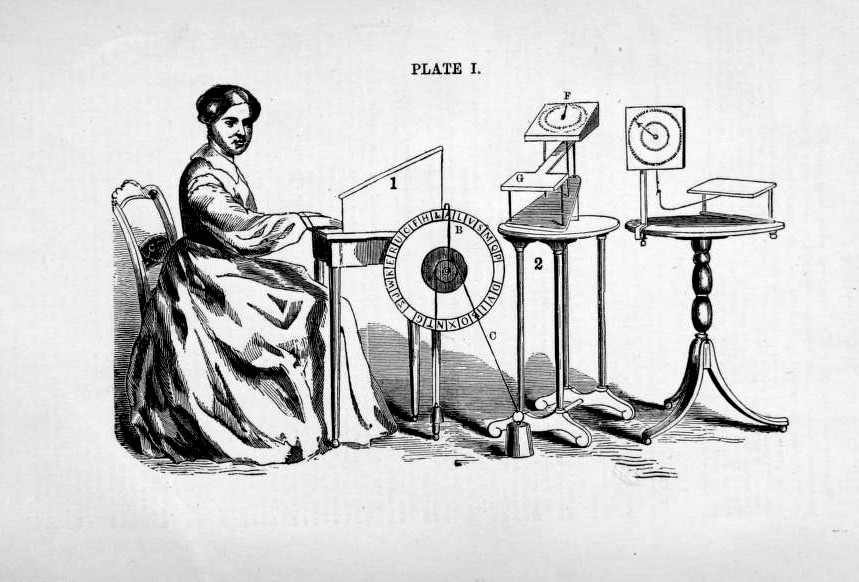
The mediums of the mid 19th century used their their “sensitive body's” to act as a sort of telegraph machine which largely improved the communication and delivered clearer messages from the spirit, to the living world. These mediums designed different re-transcription systems with automatic handwriting, coded alphabets systems creating interactive tactile interfaces. Entrepreneurs wanted to sell spirit communication devices to the general population by developing these devices. They took the form of planchettas or Ouija boards. The most sophisticated device was probably the celestial telegraph commercialized by Pease in 1854.
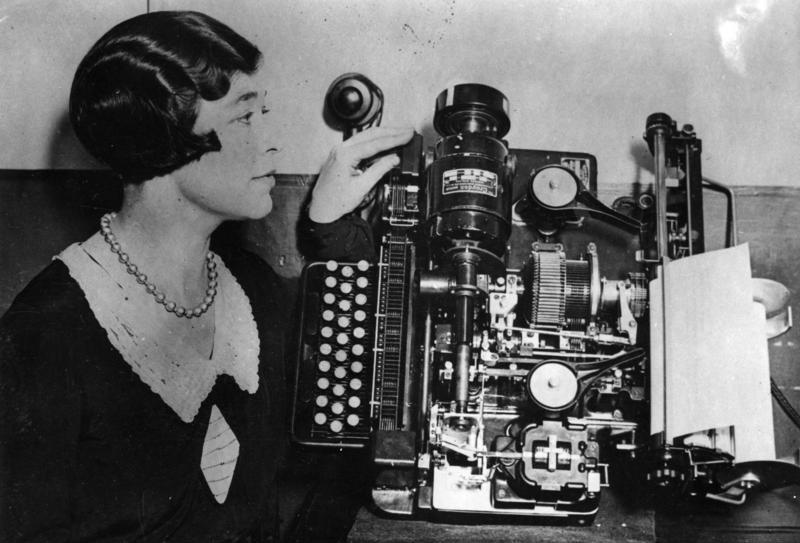
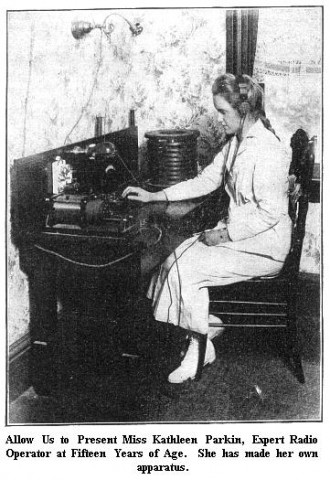
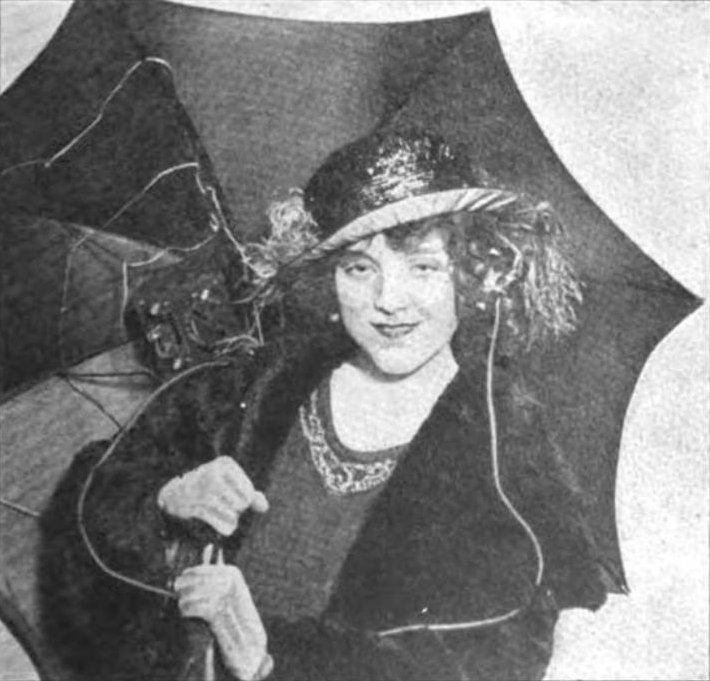
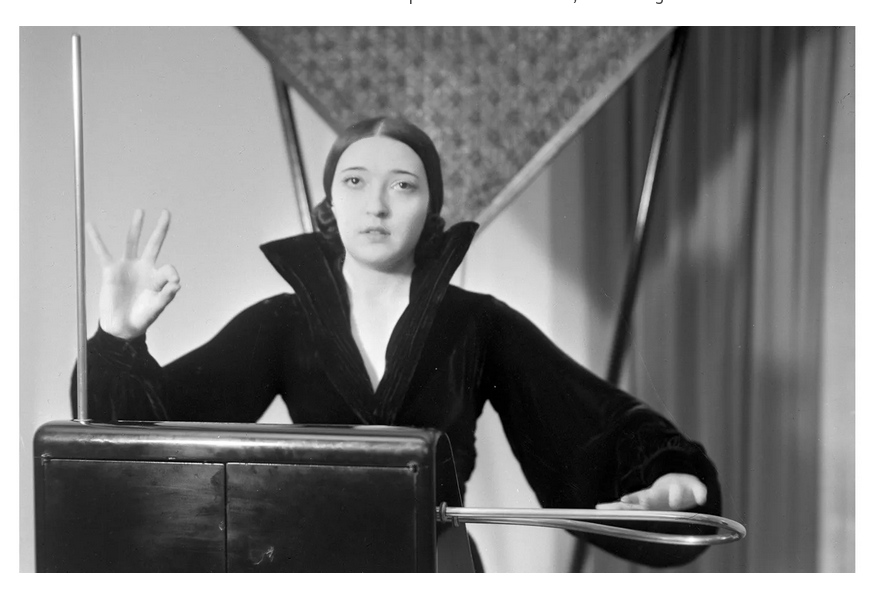
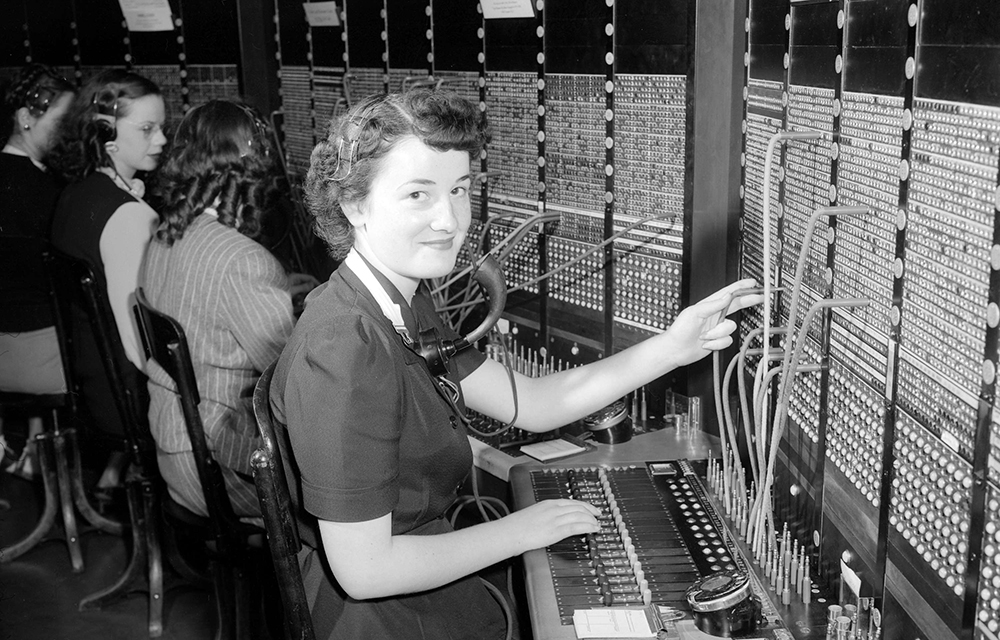
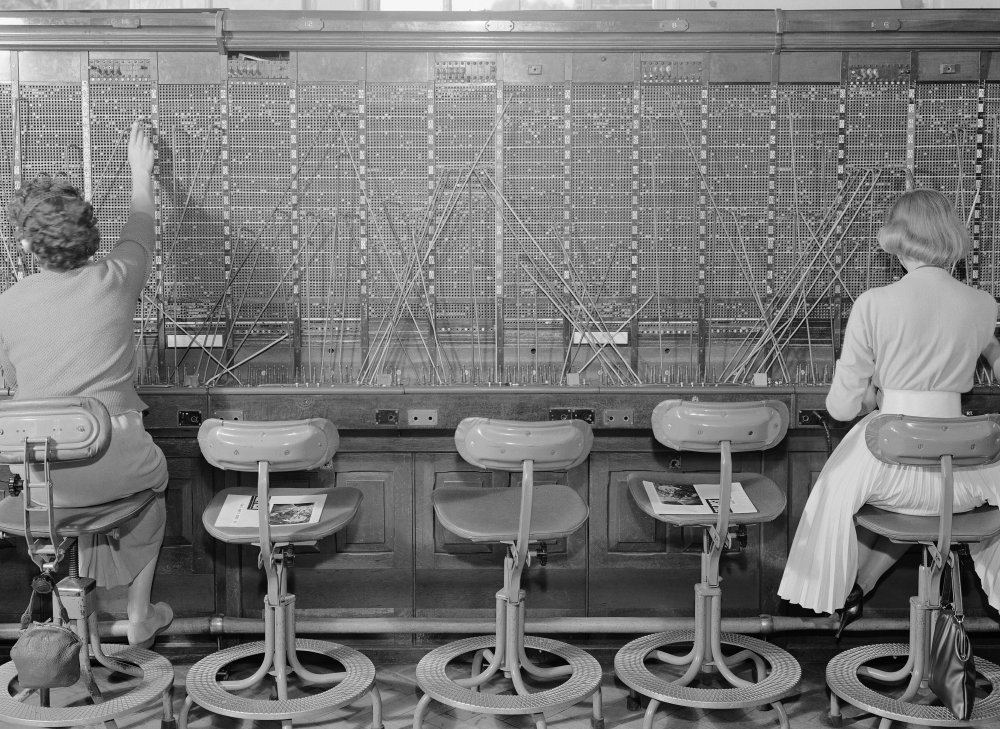
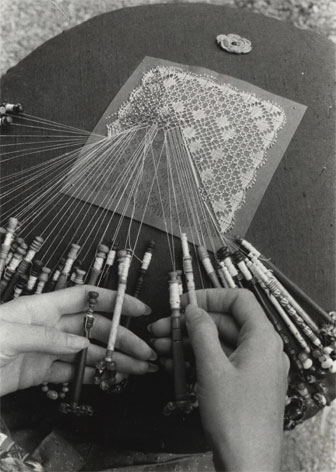
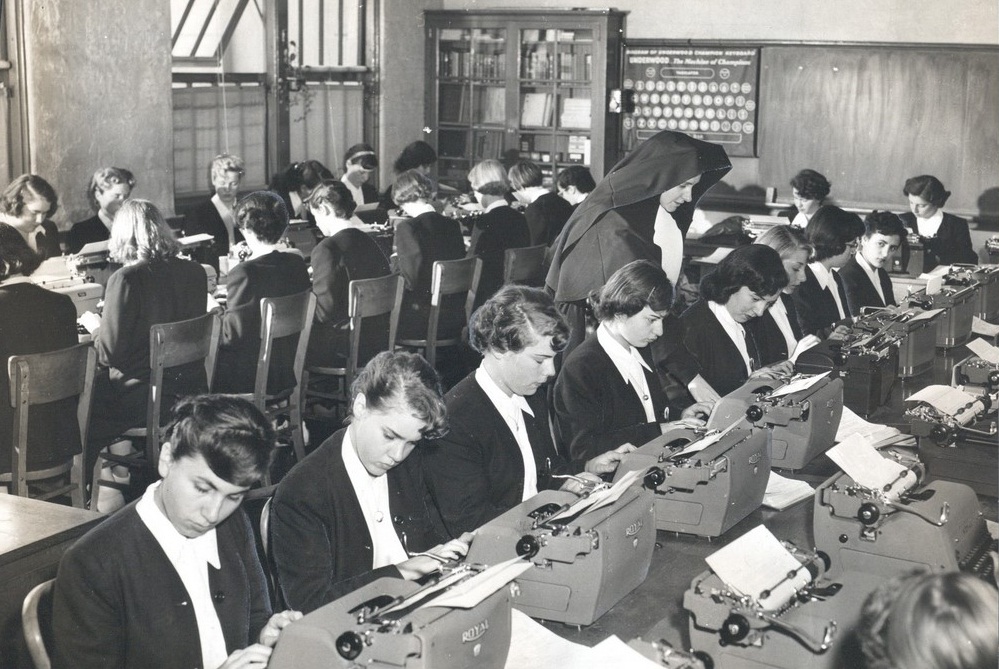
The electronic computer was to replace the hundreds of human computers behind the ENIAC and make the calculating process faster and more efficient. THe women got promoted from "human computers" to "machine operators."